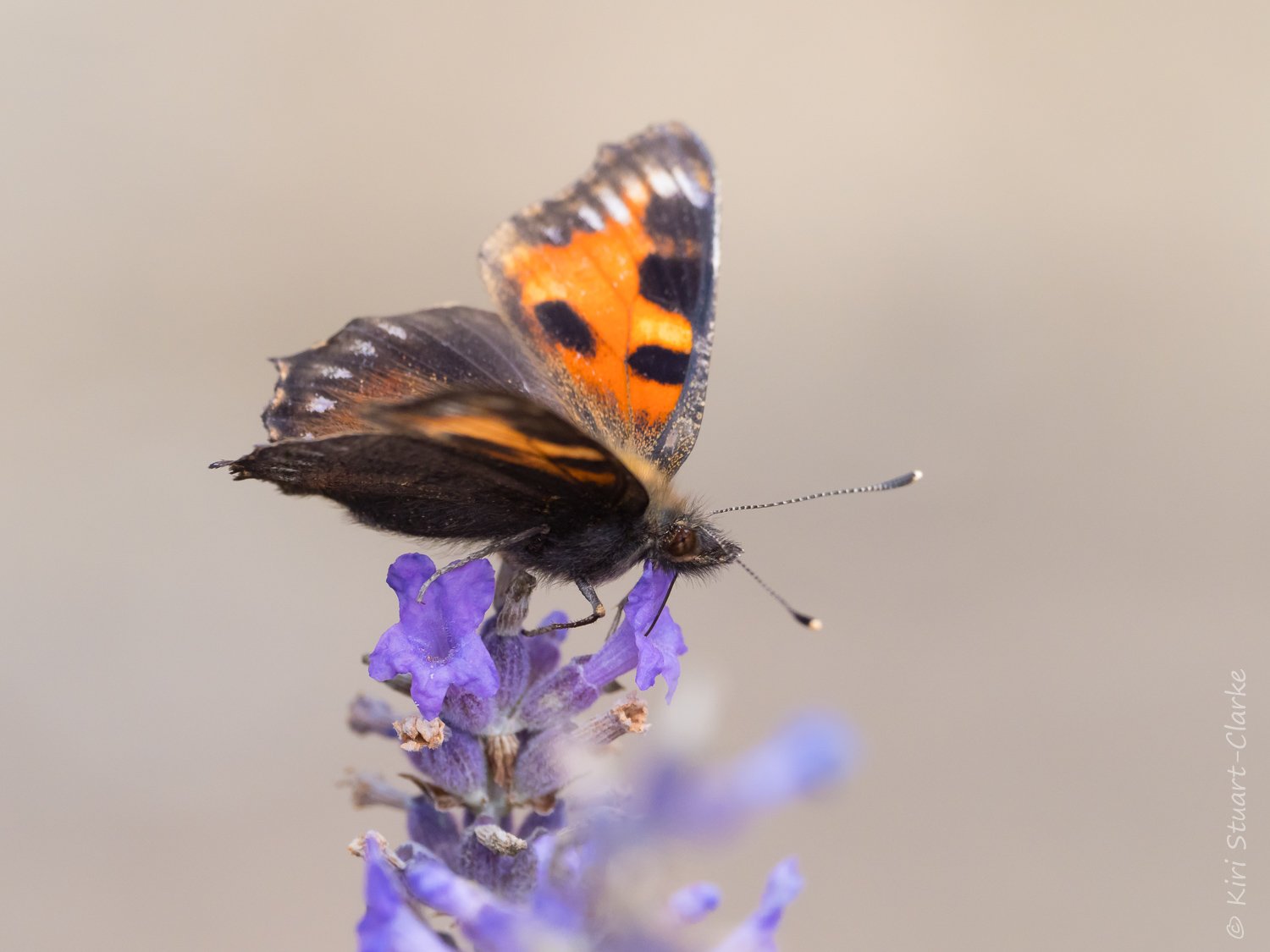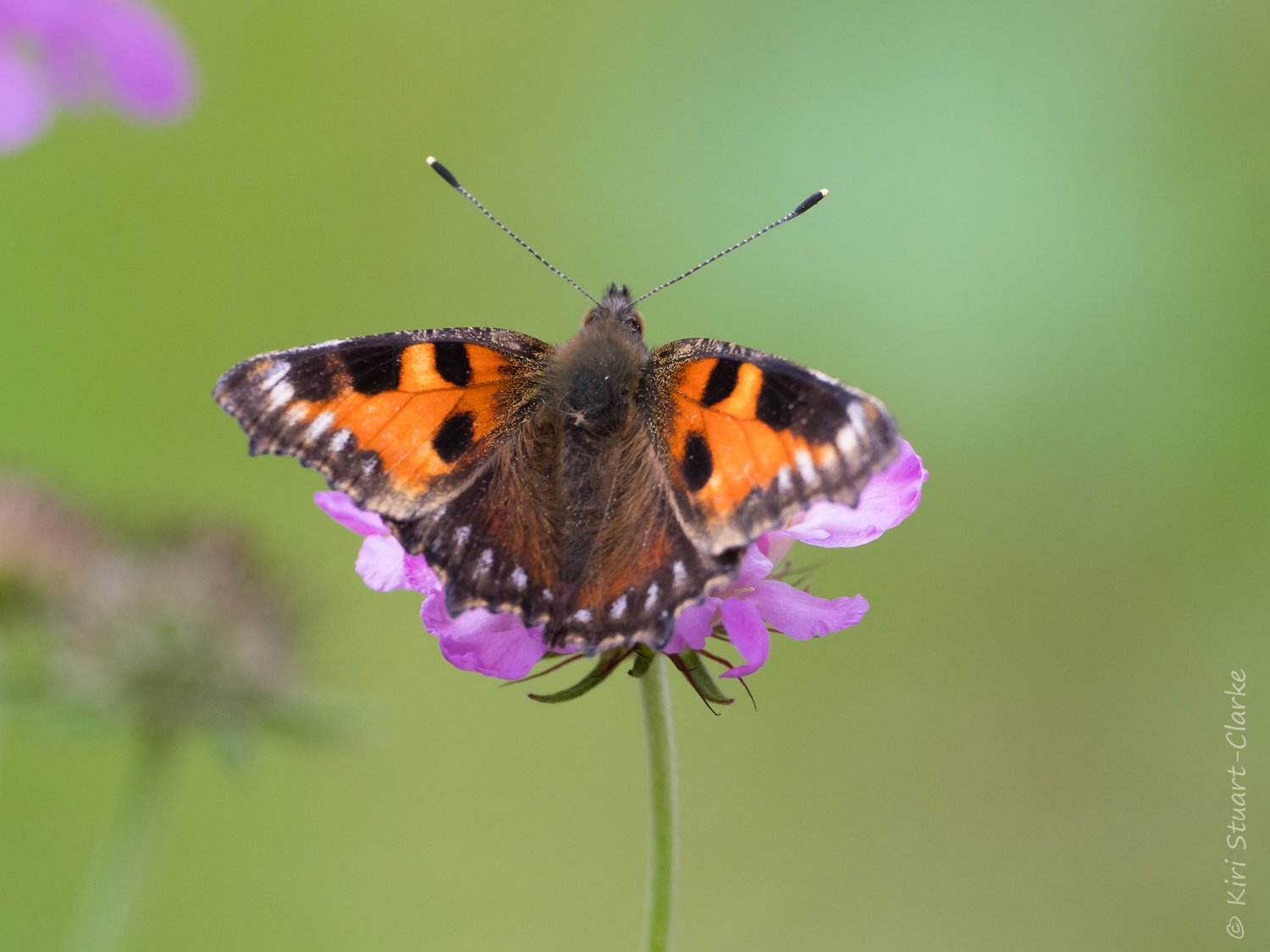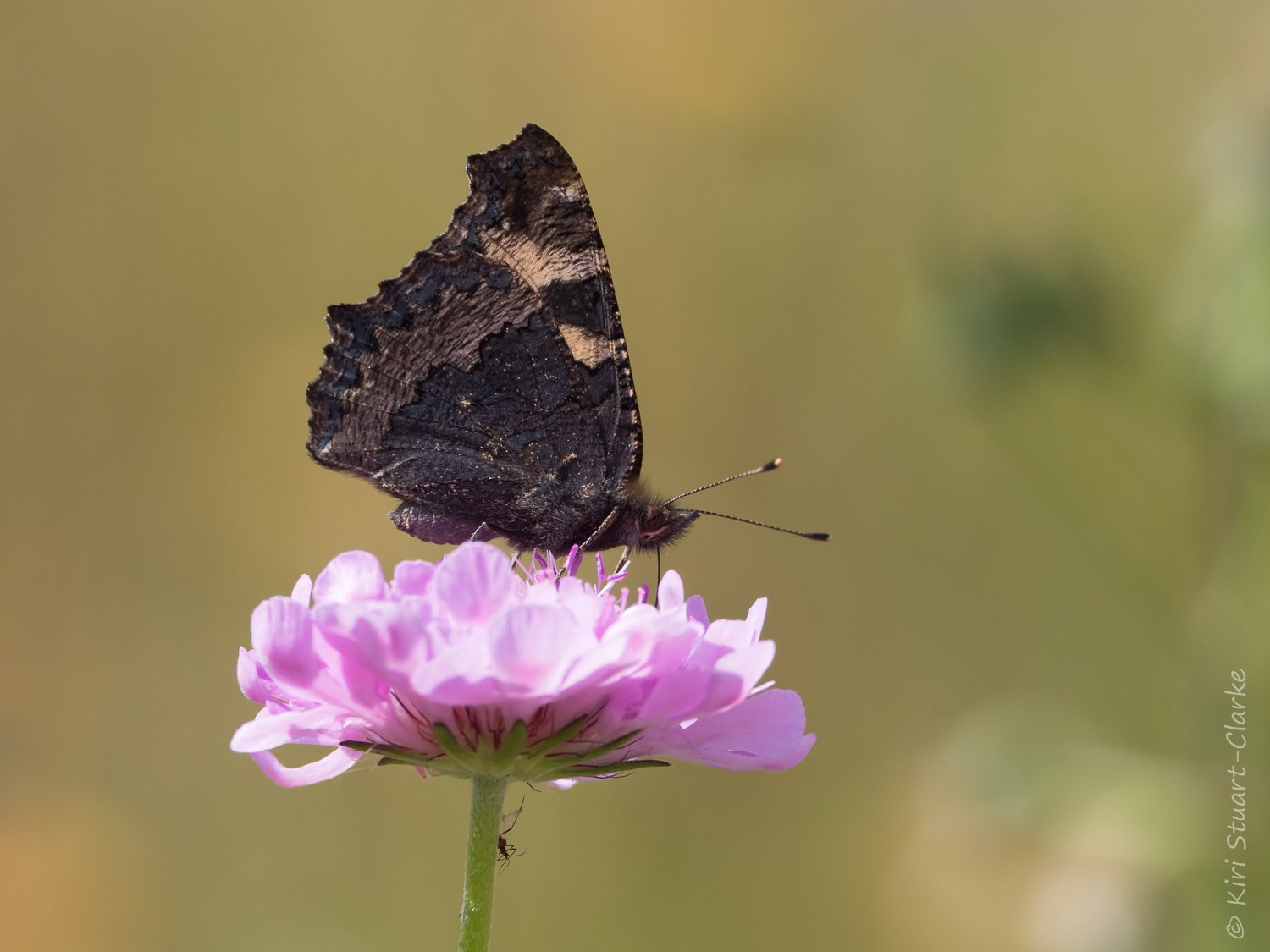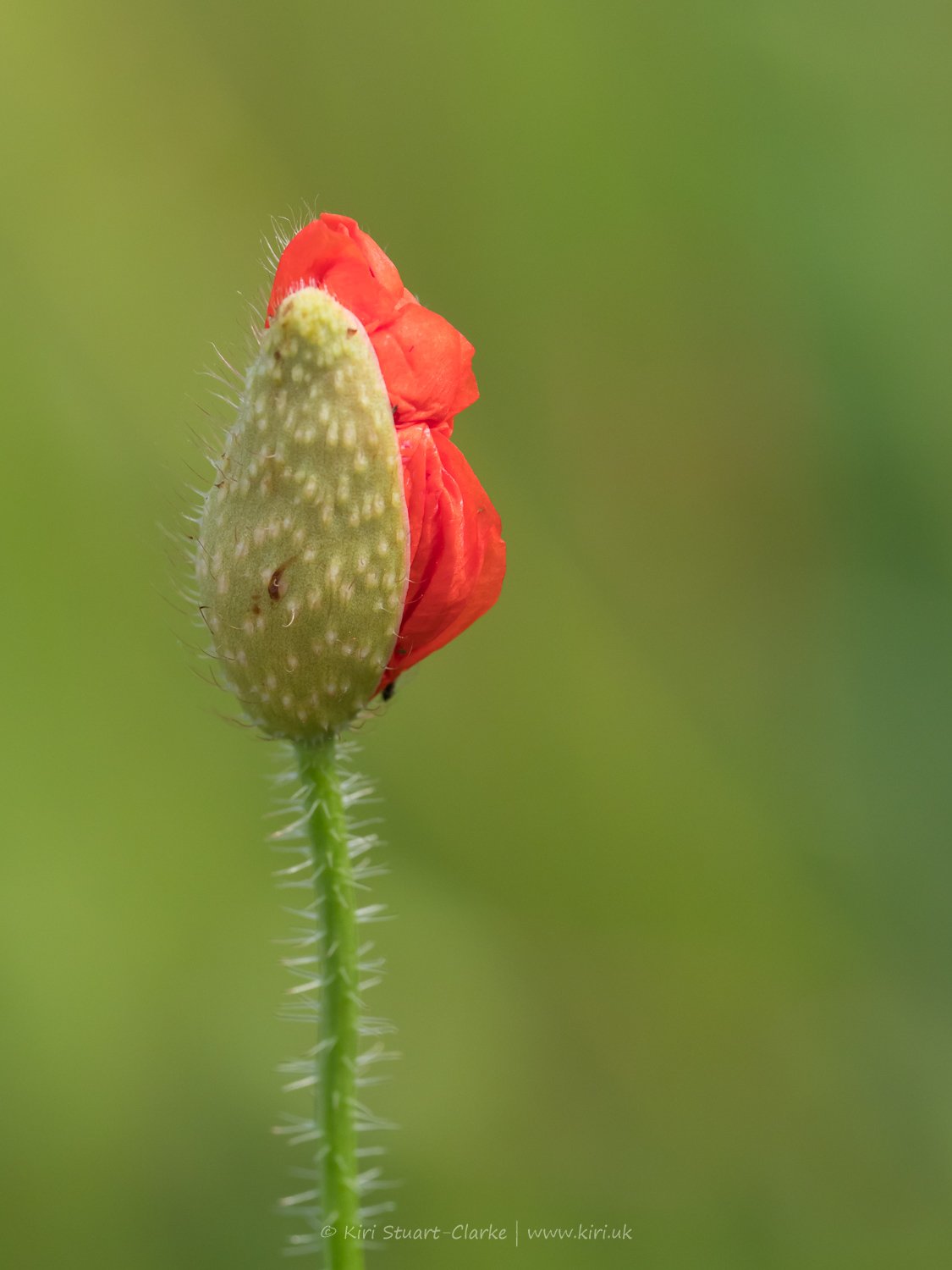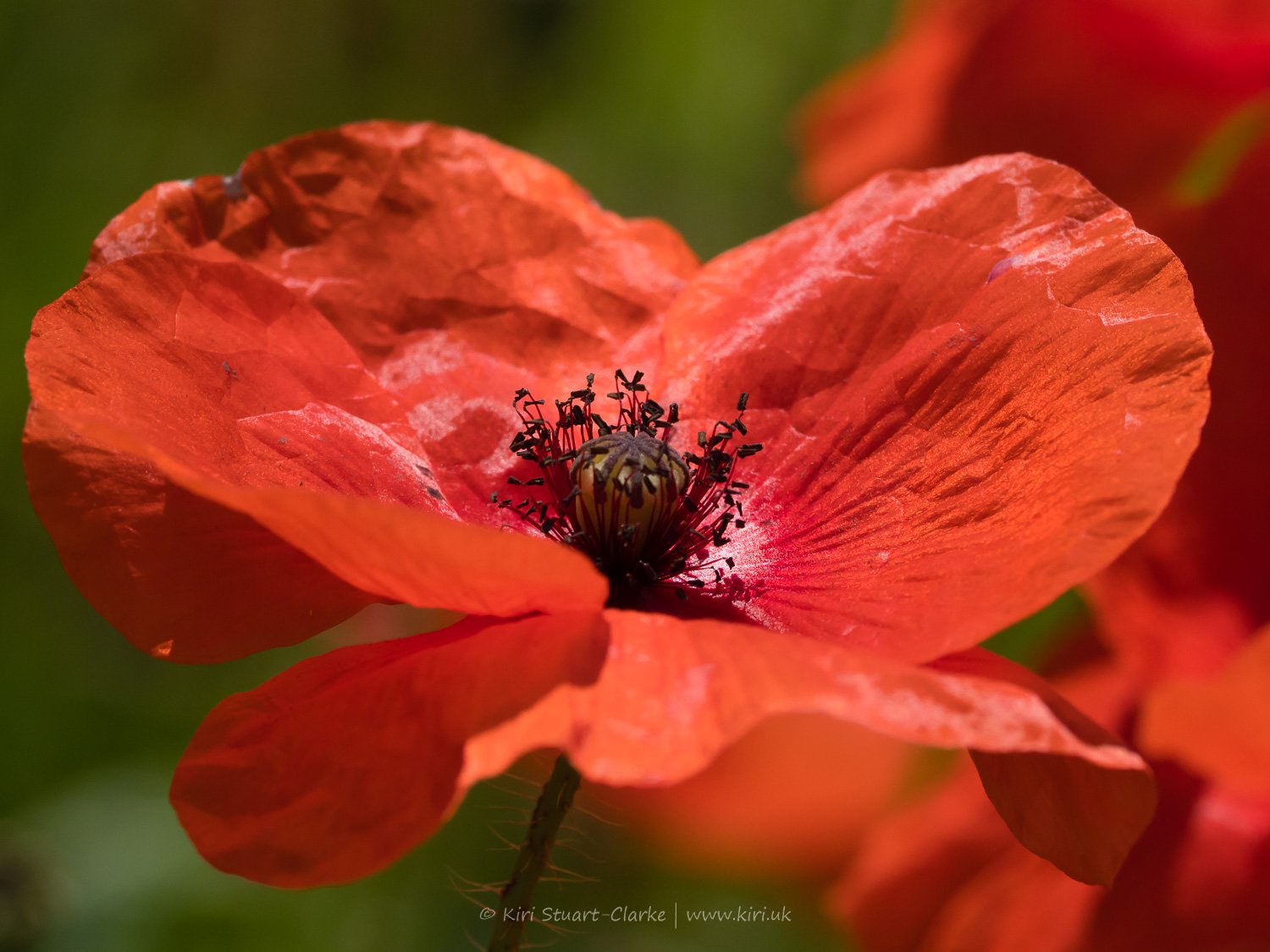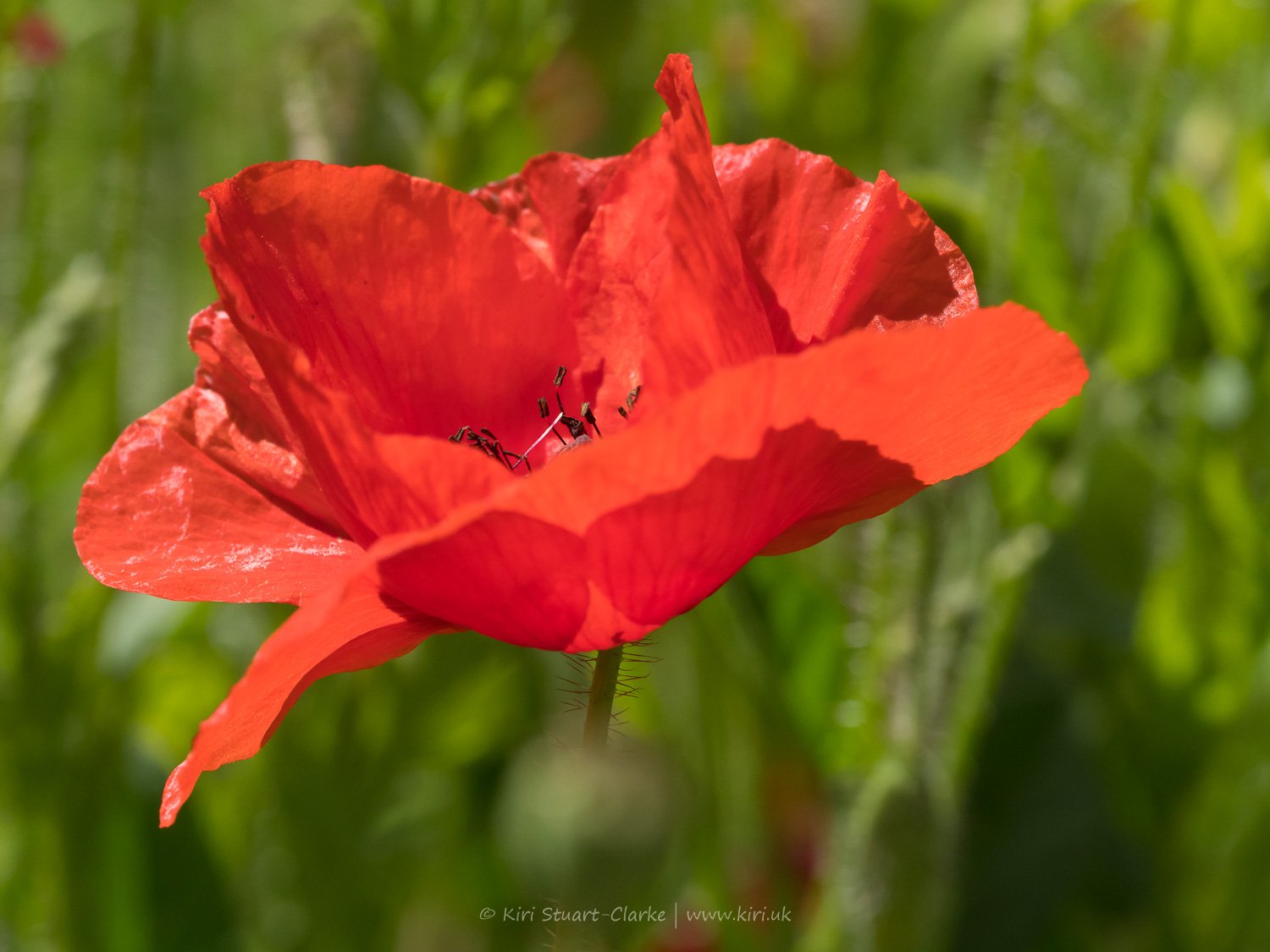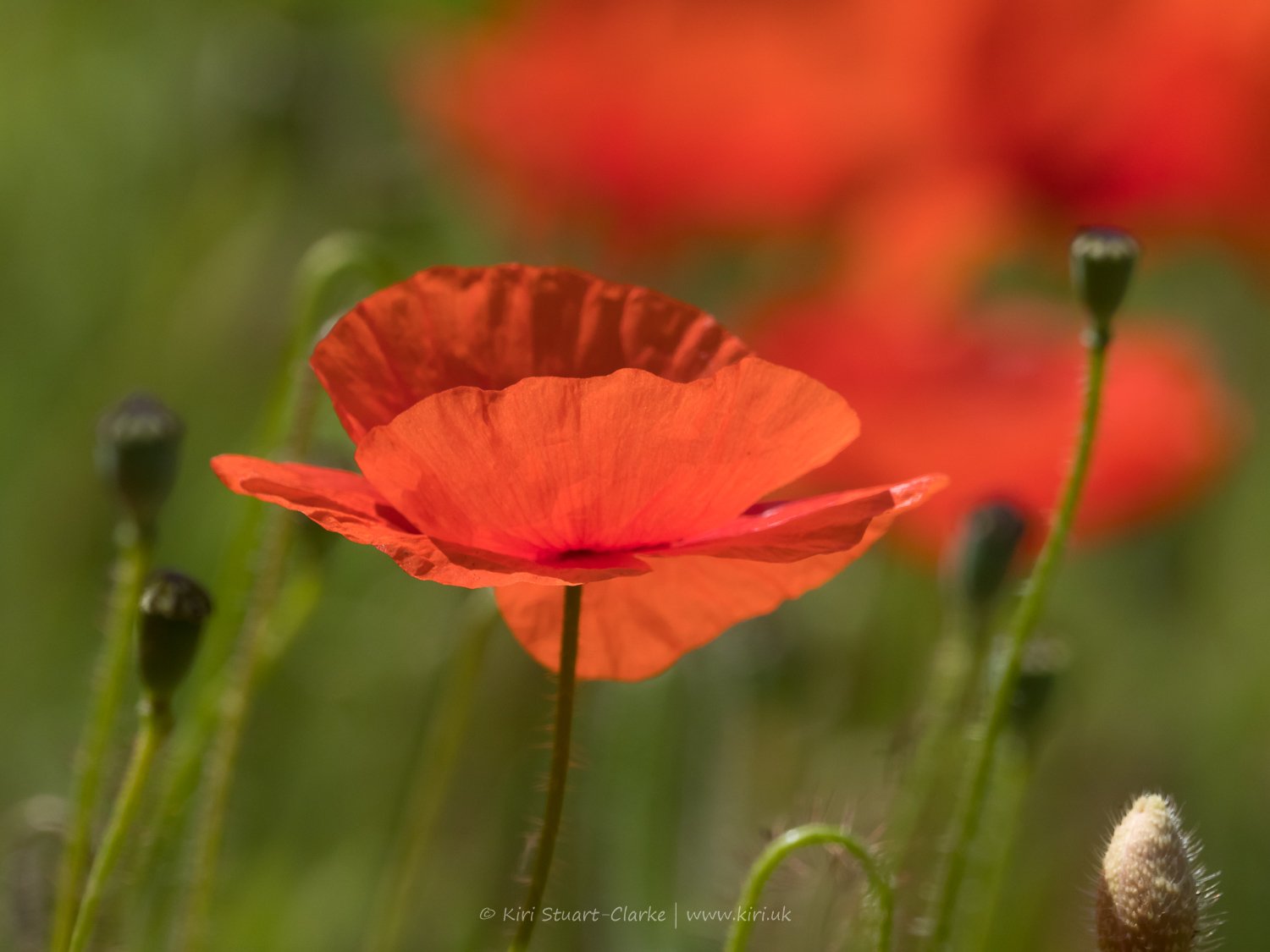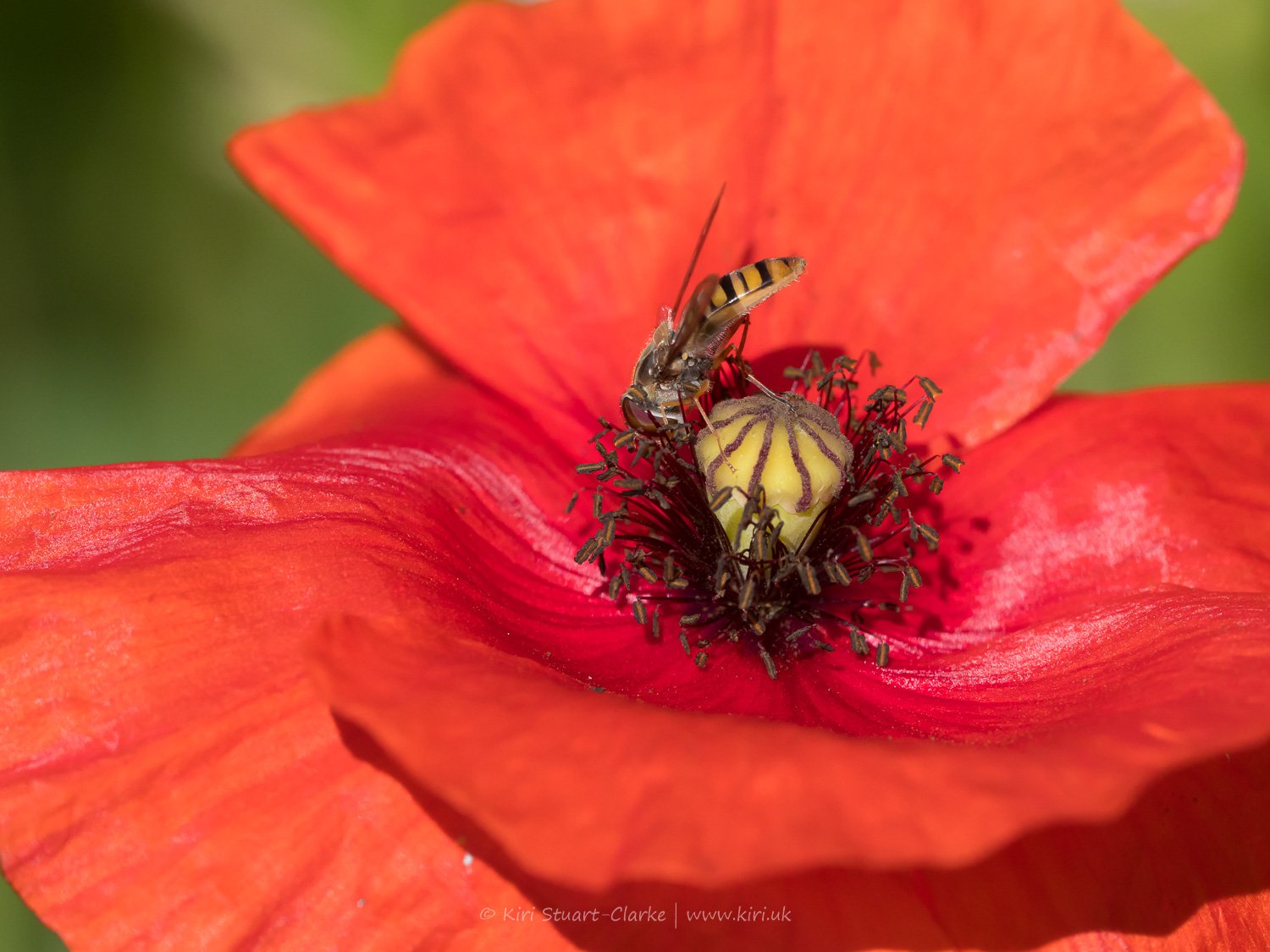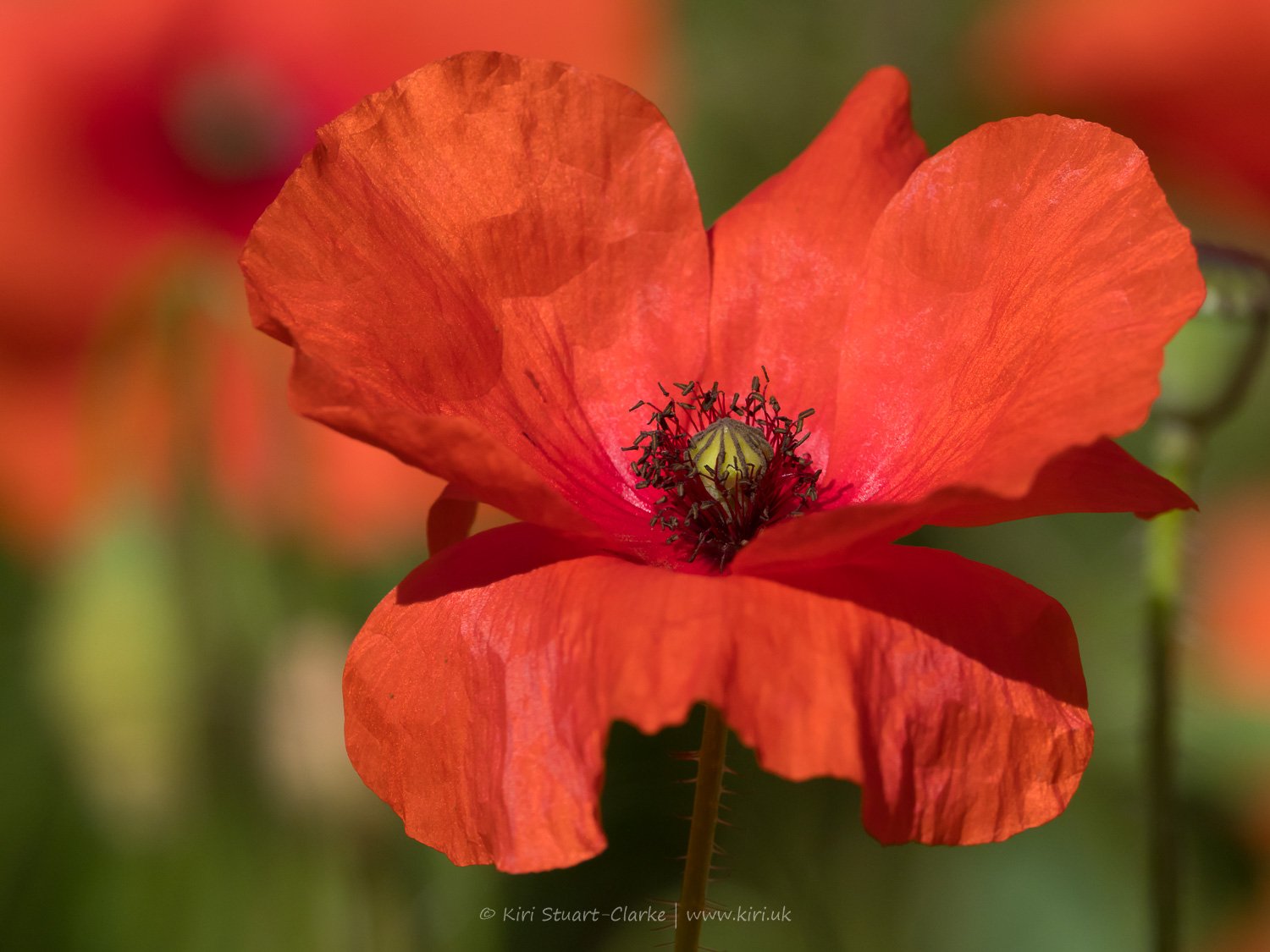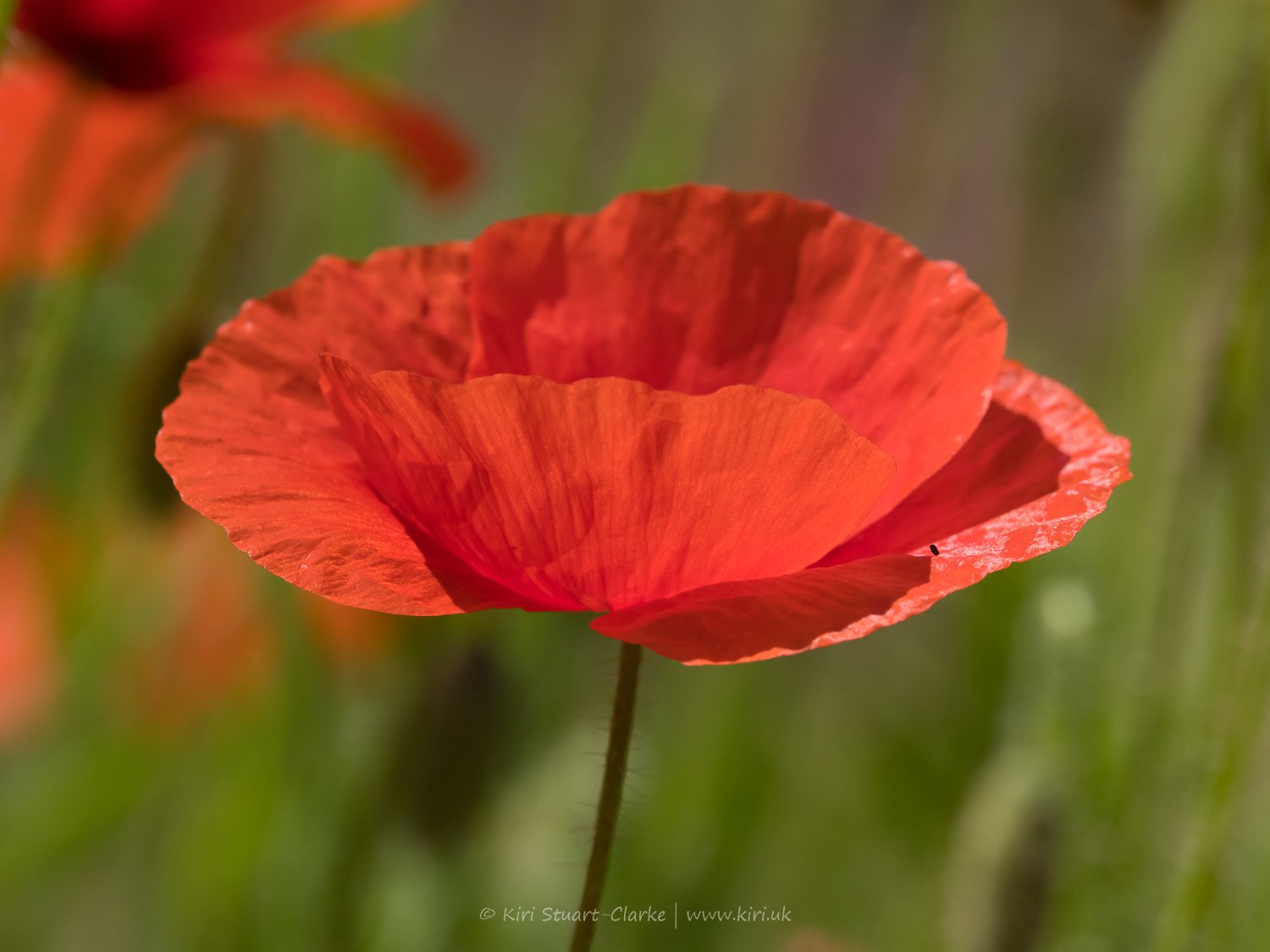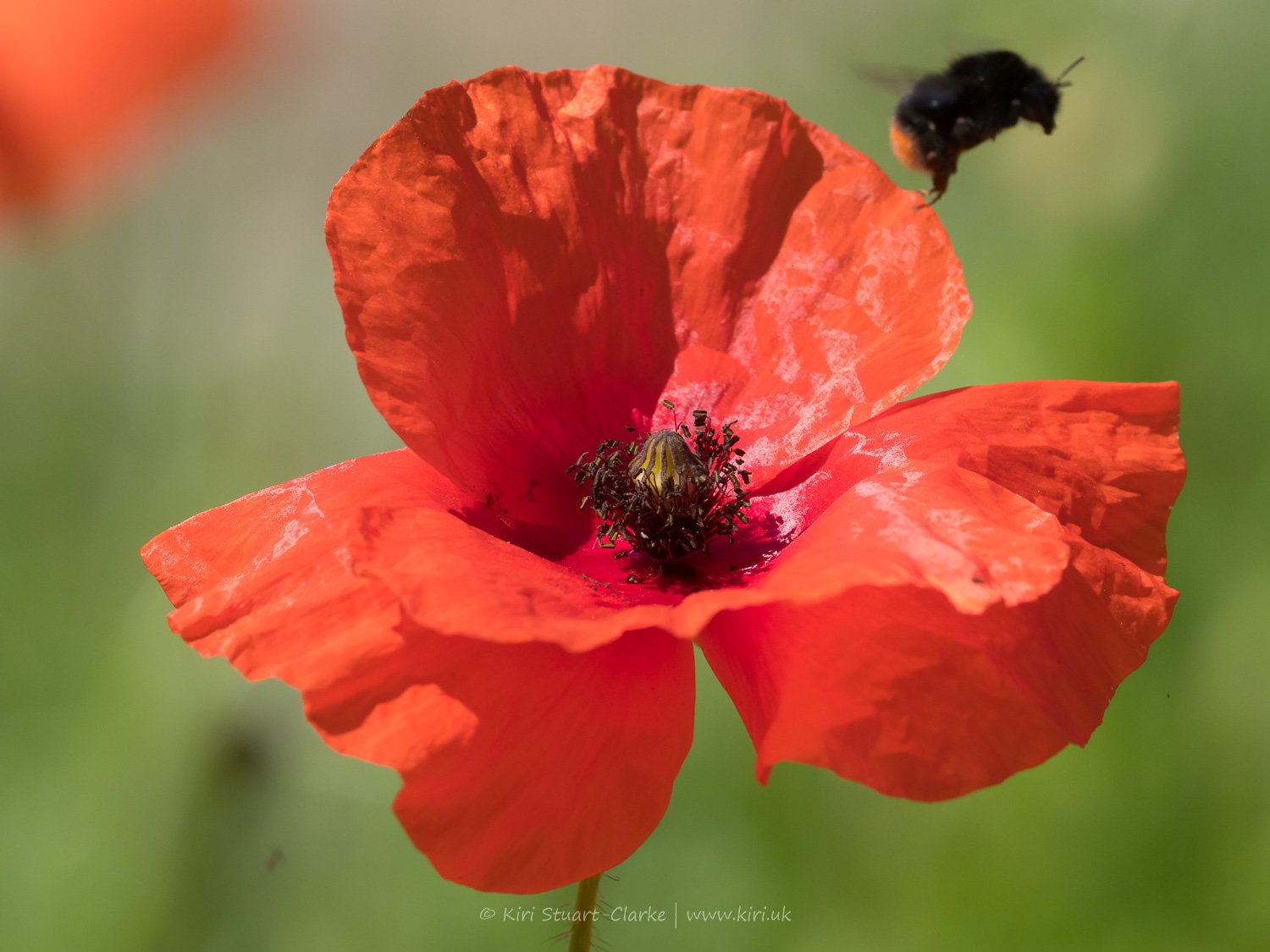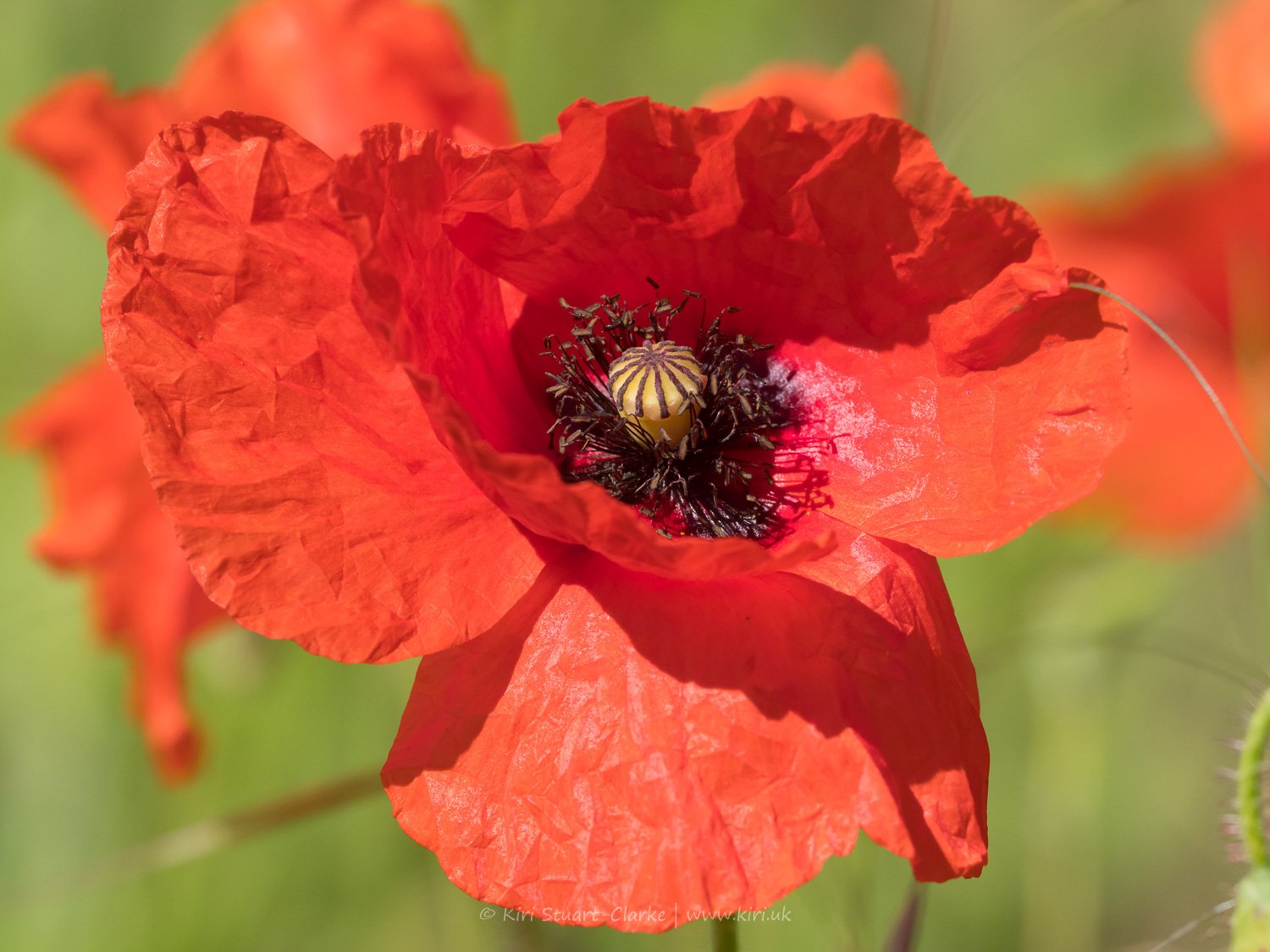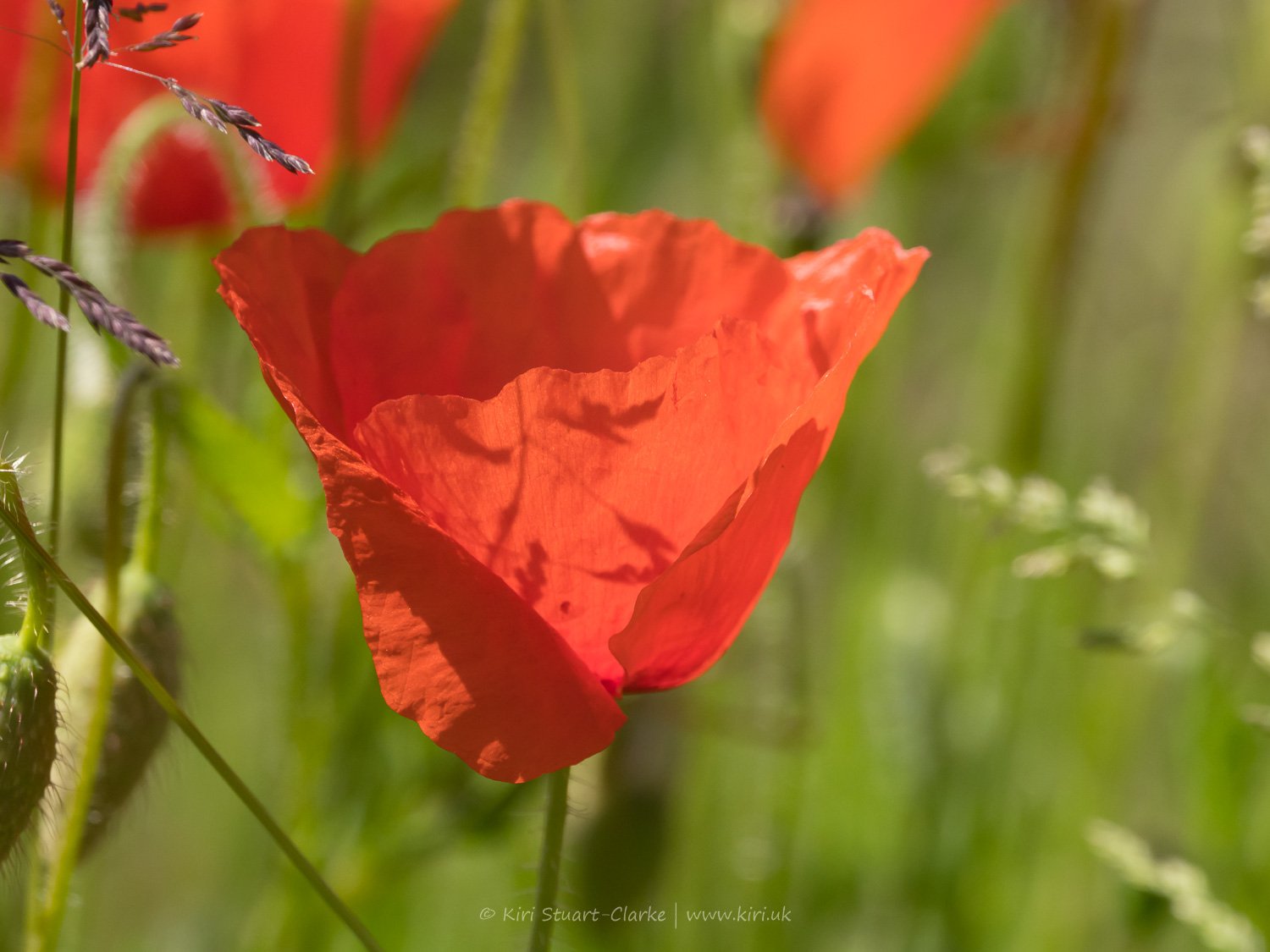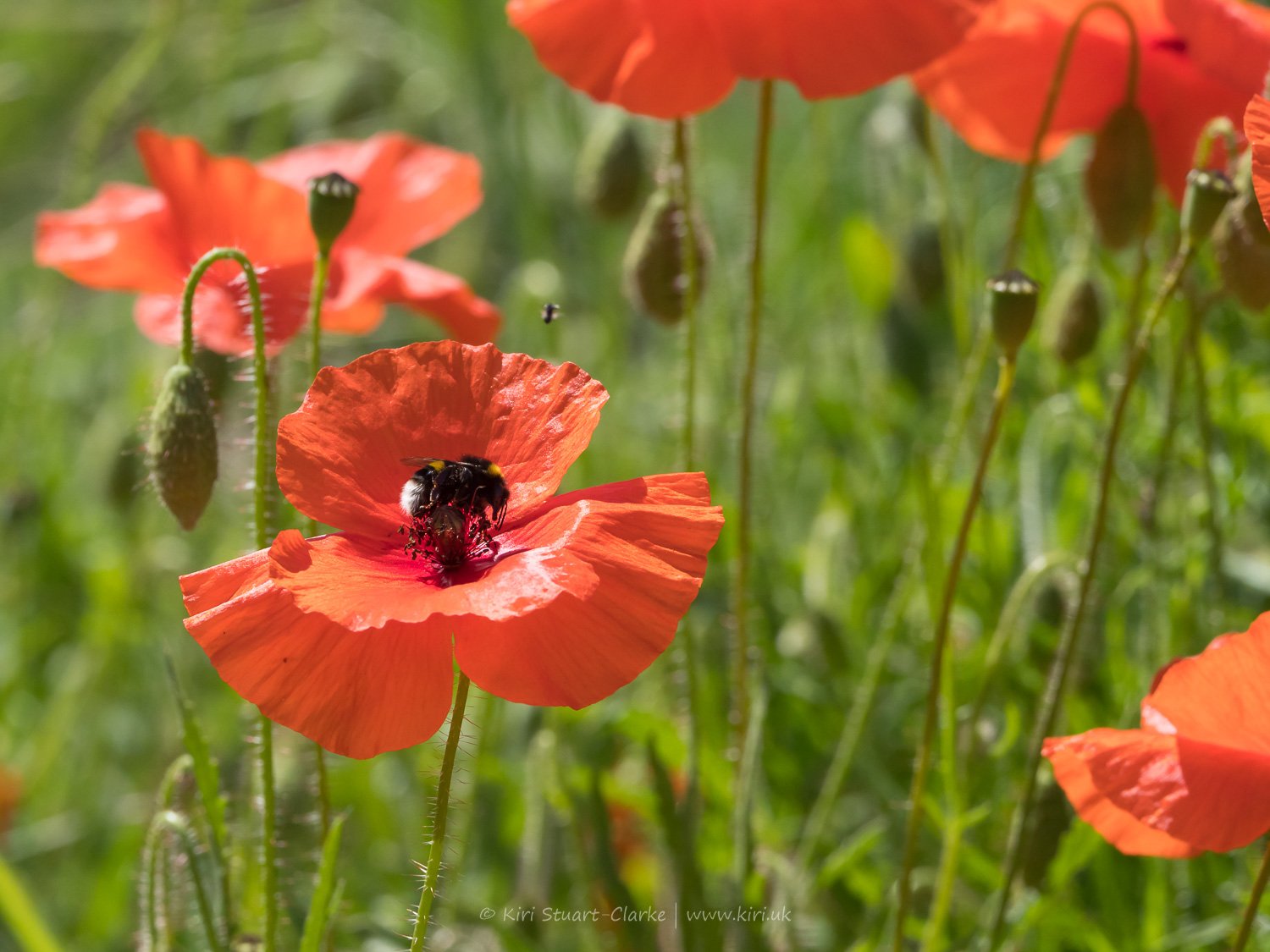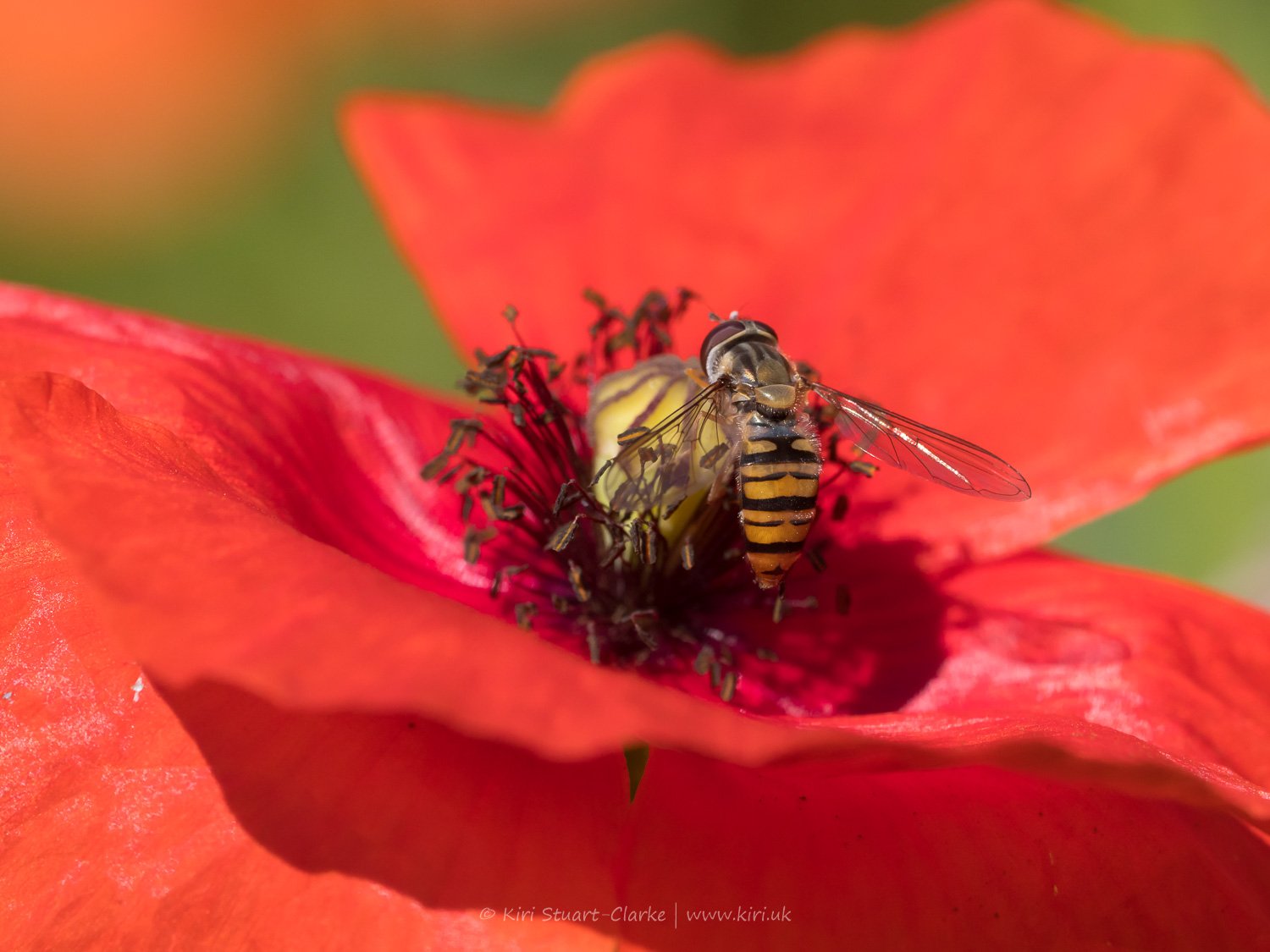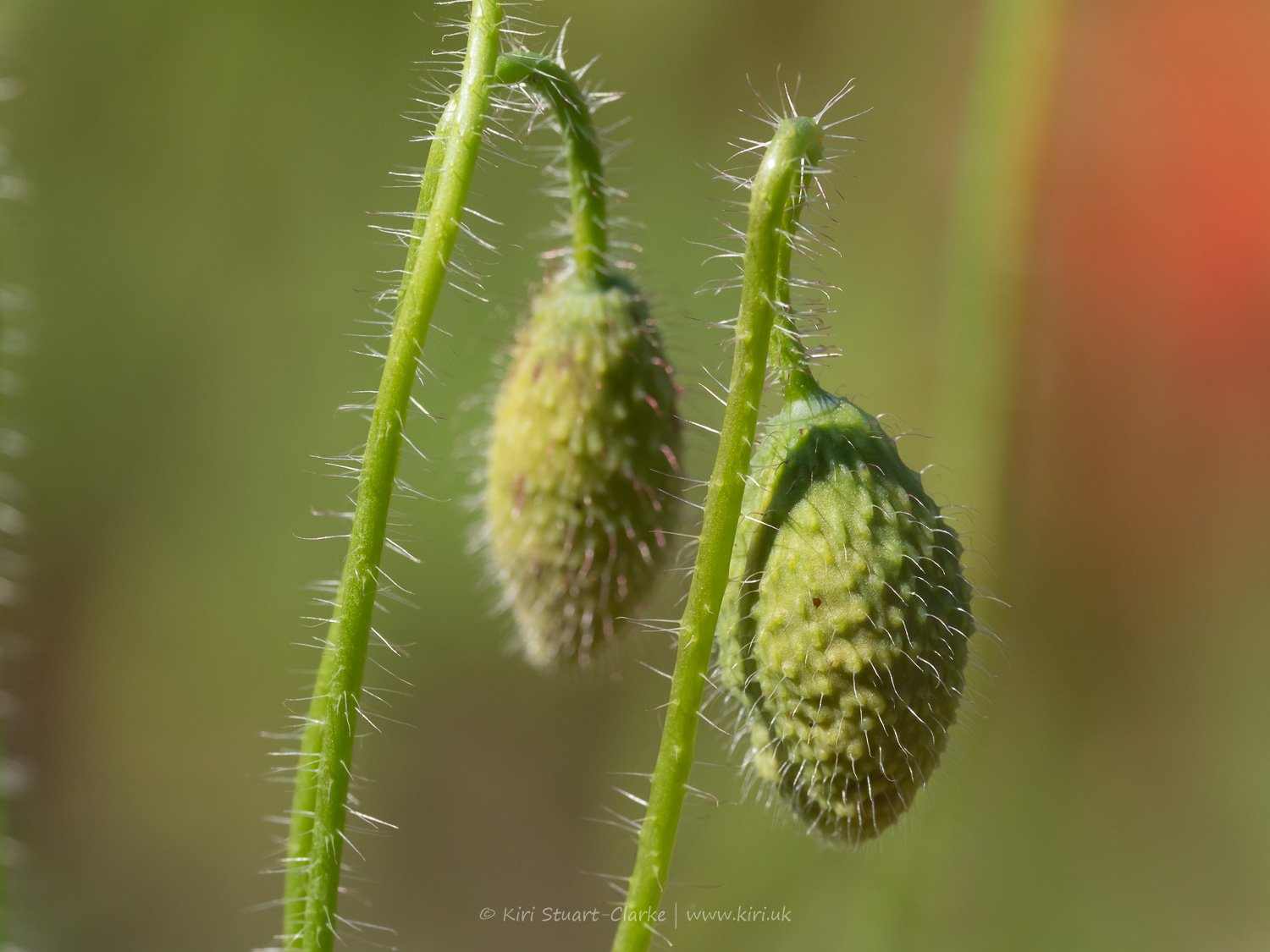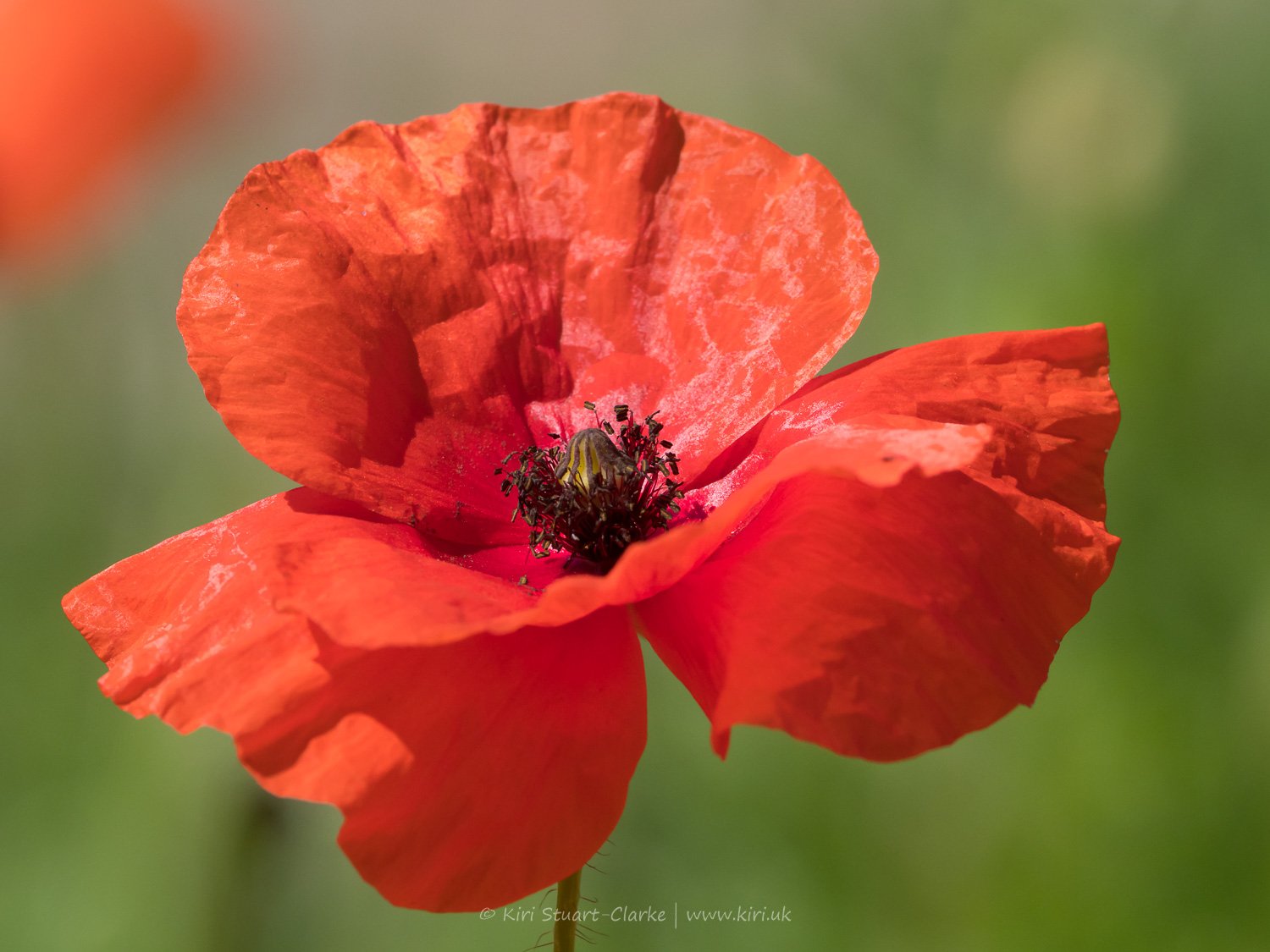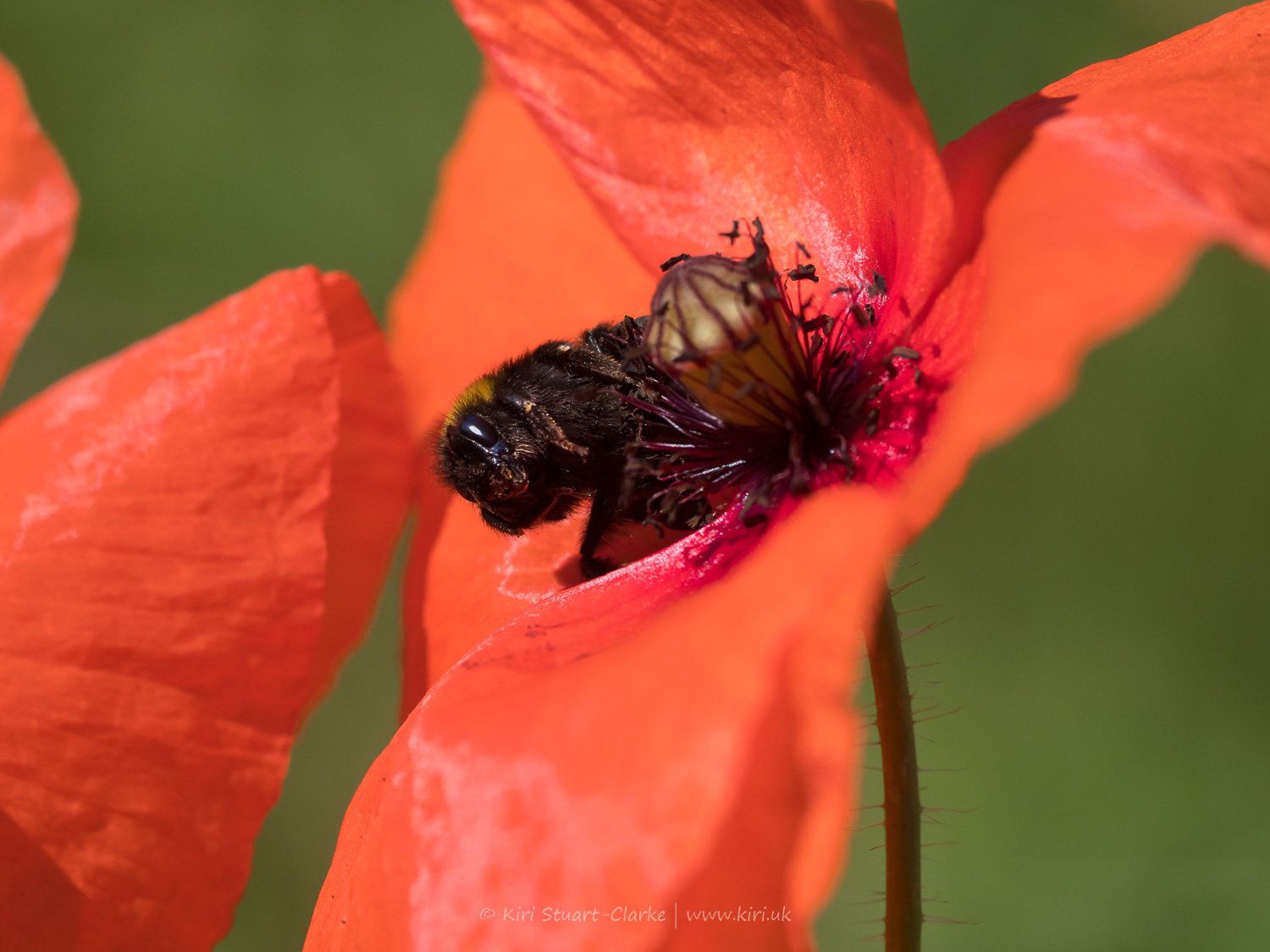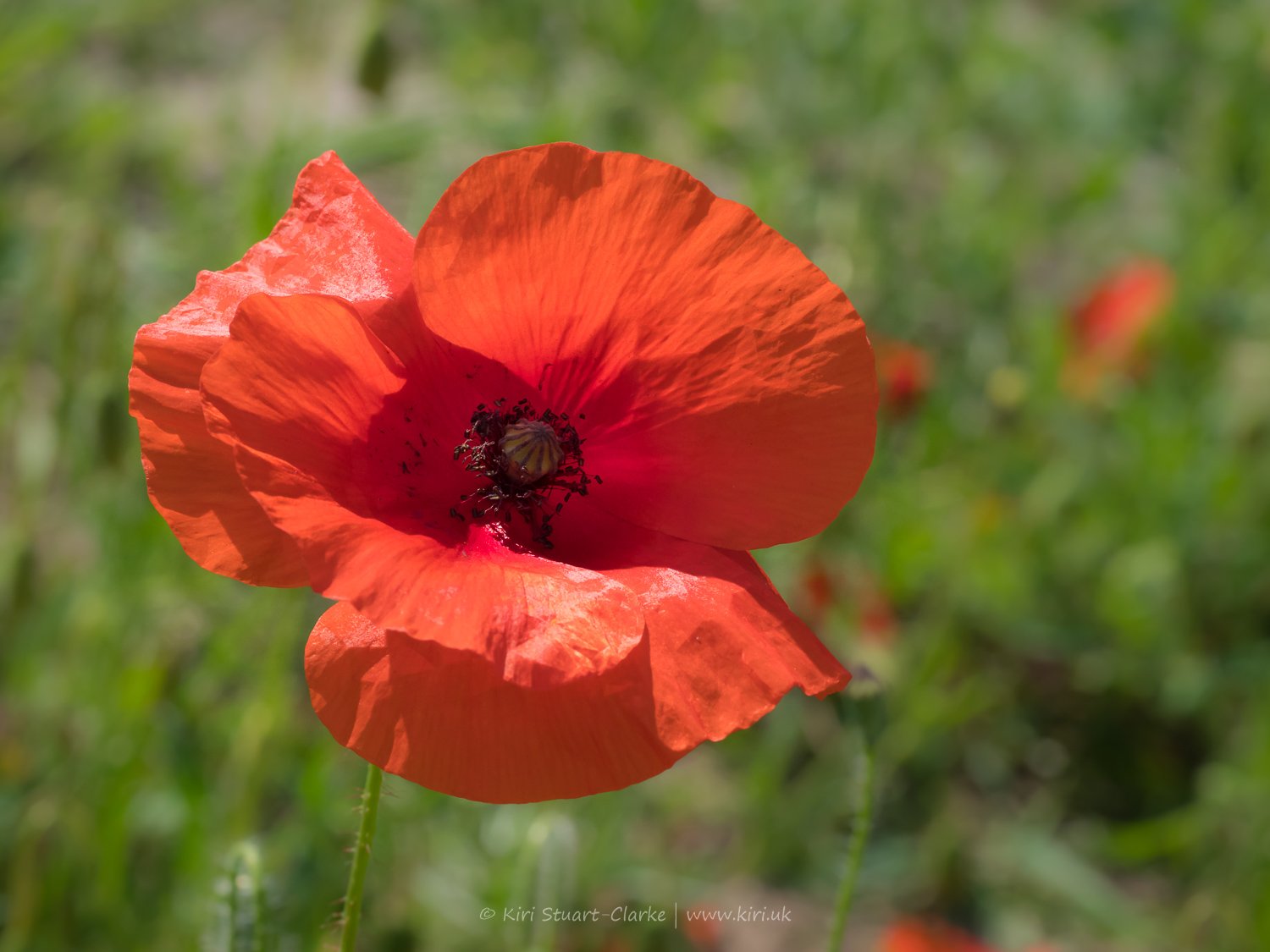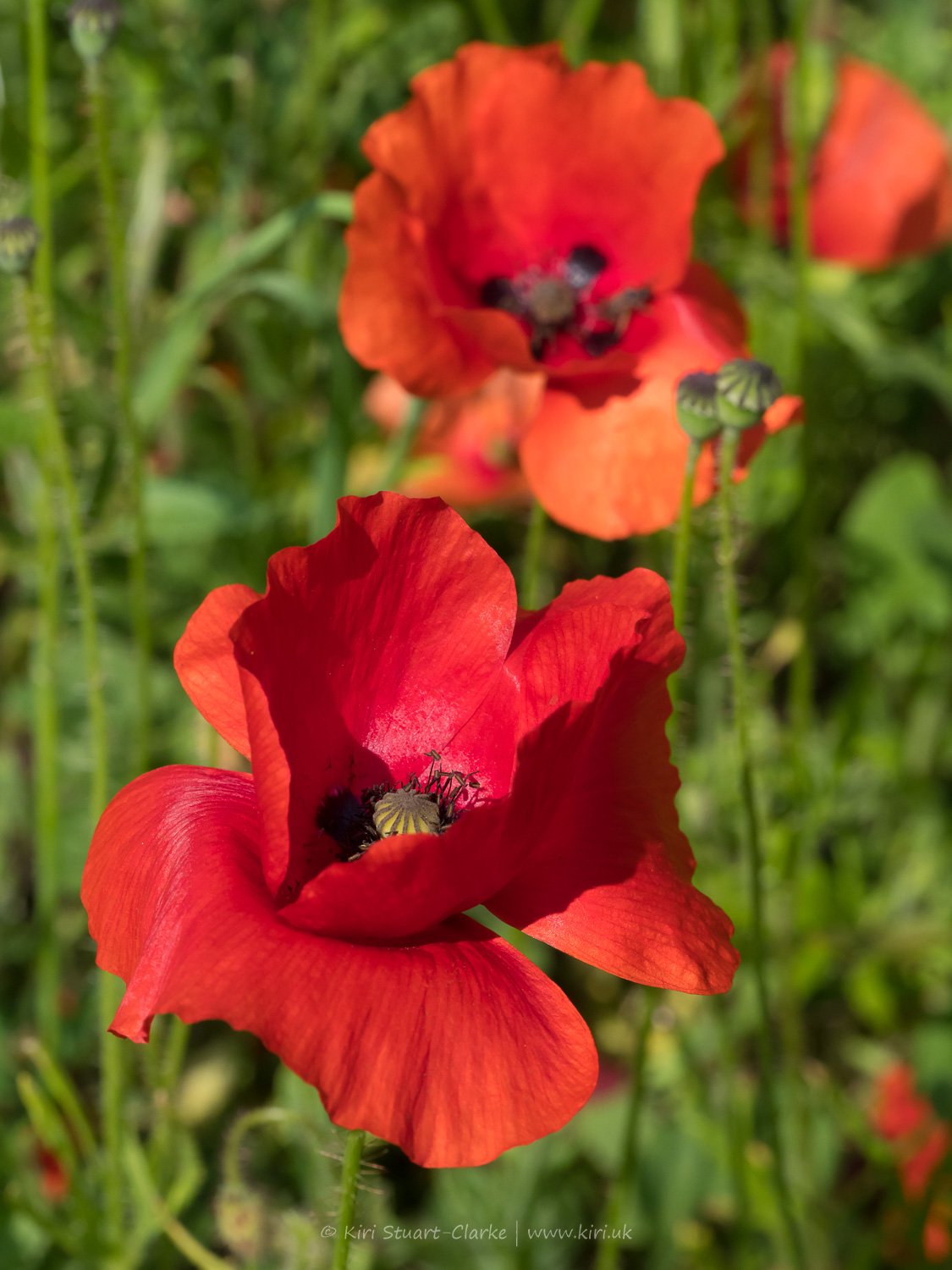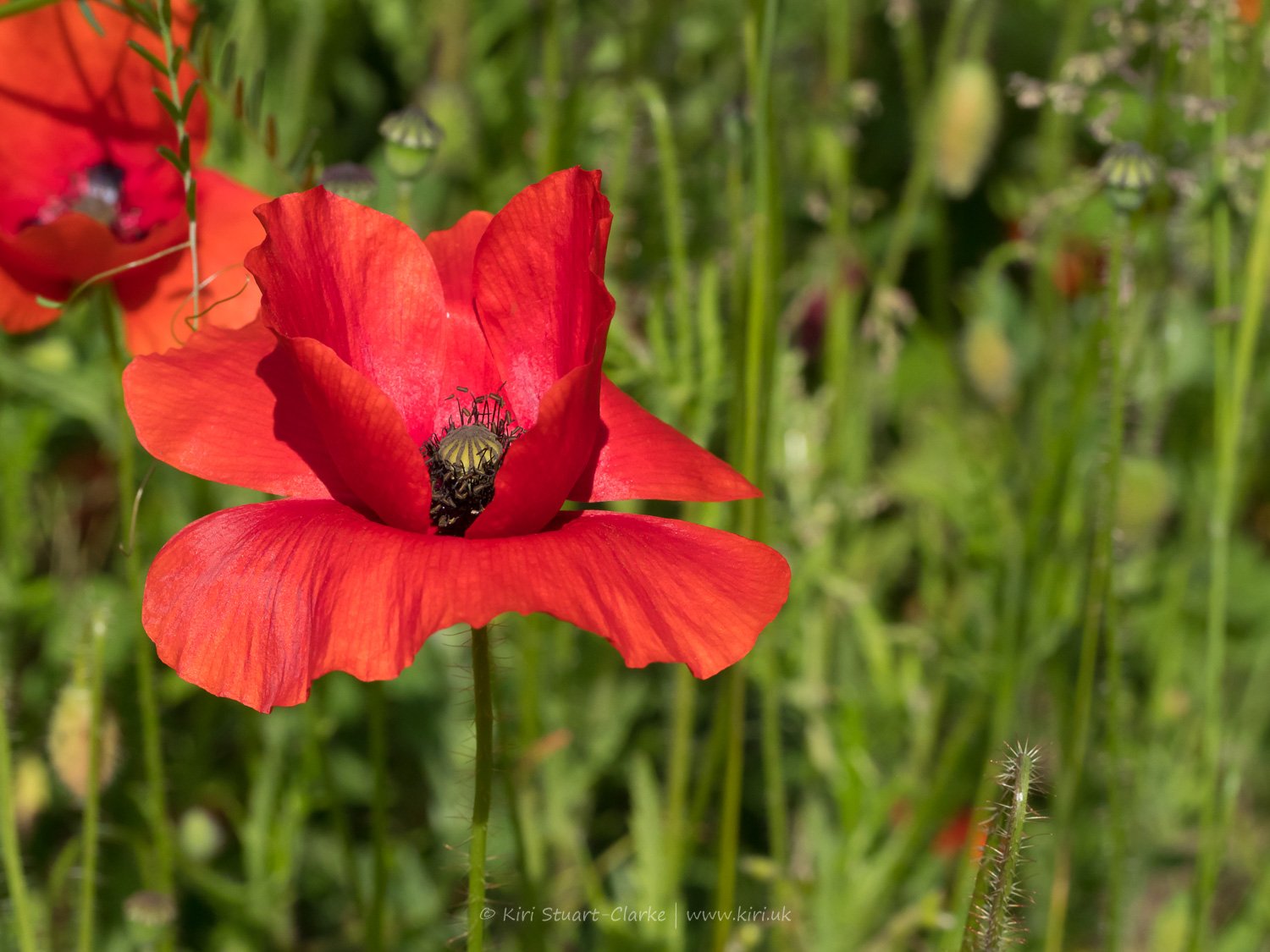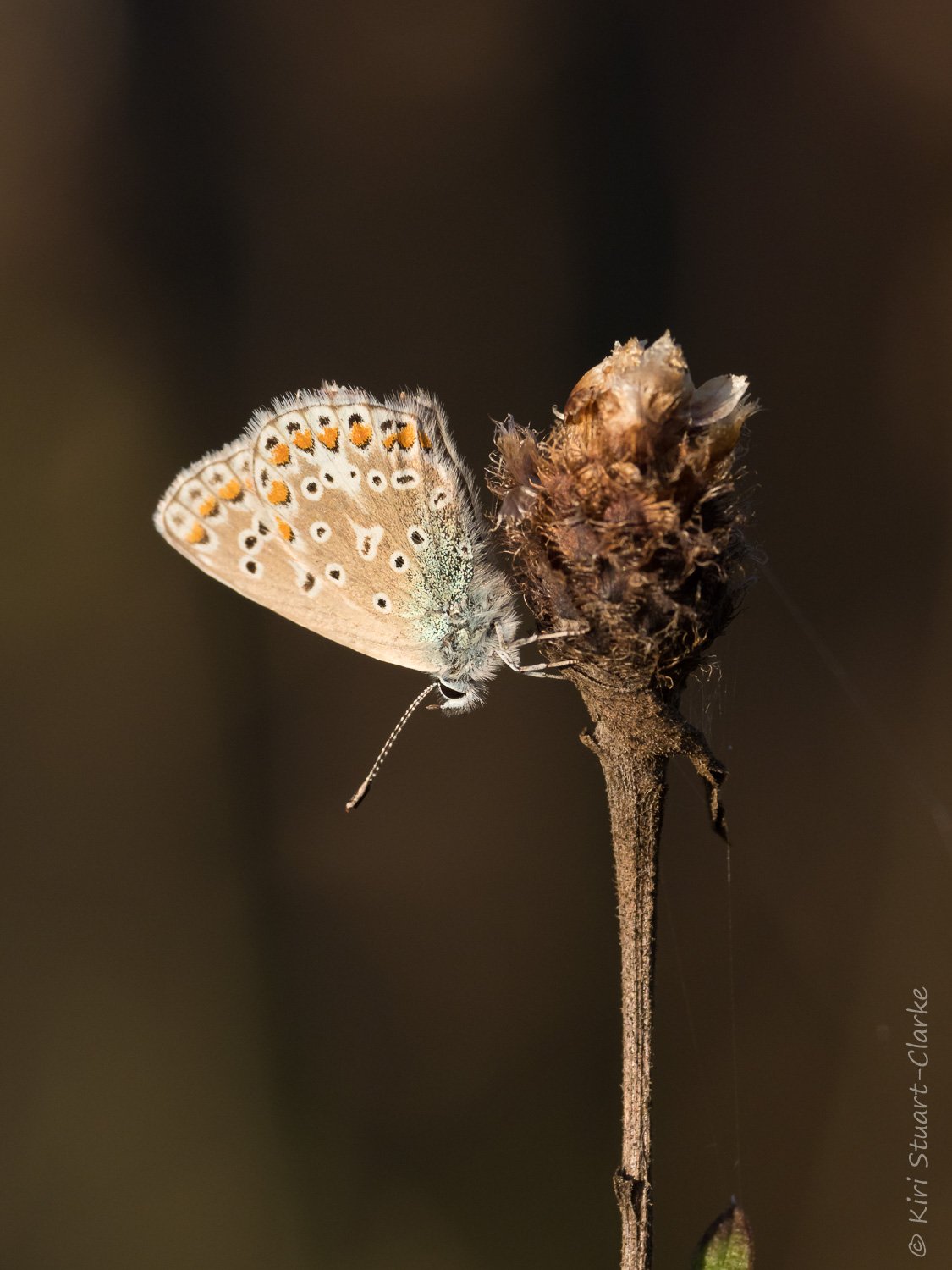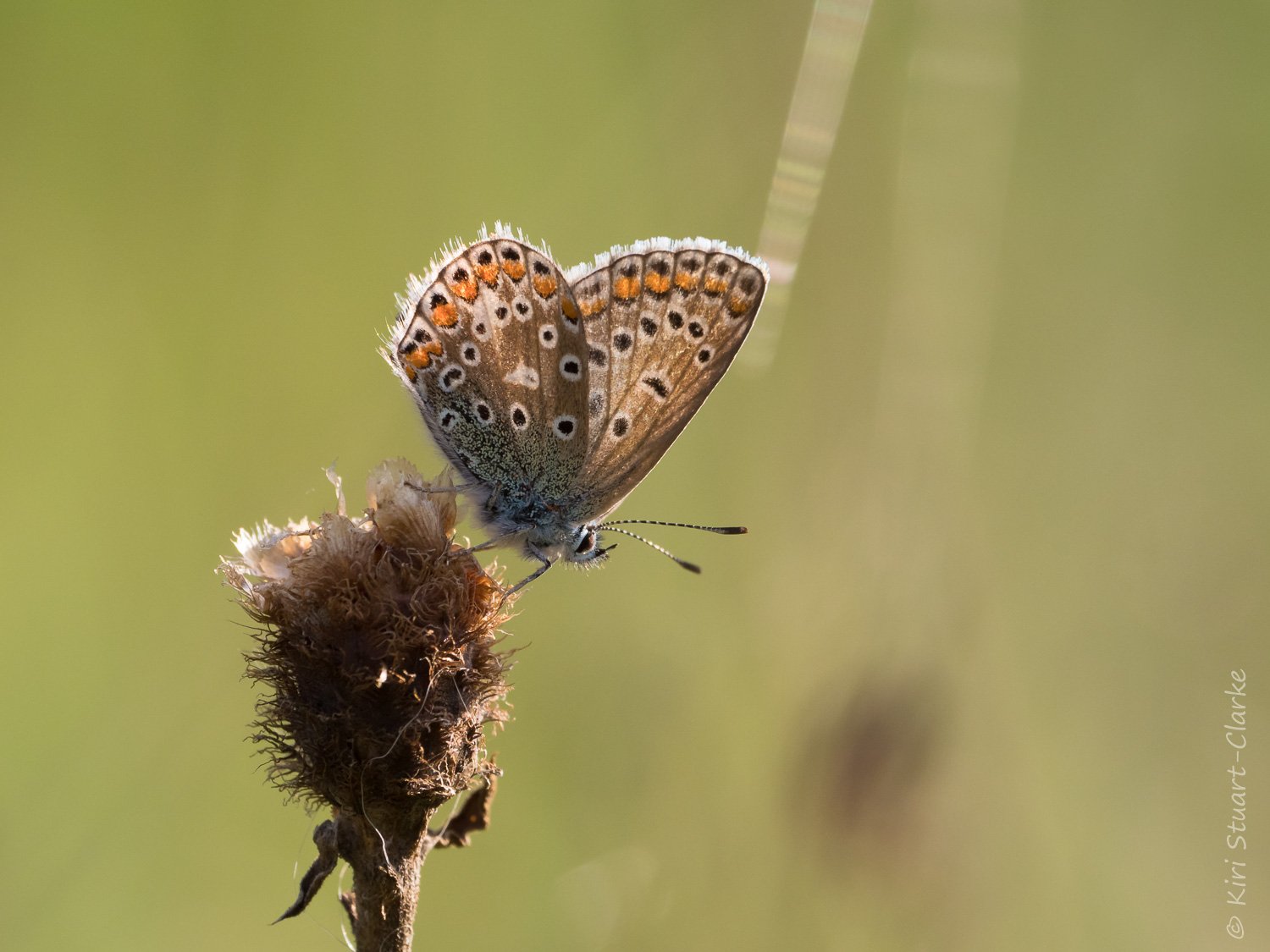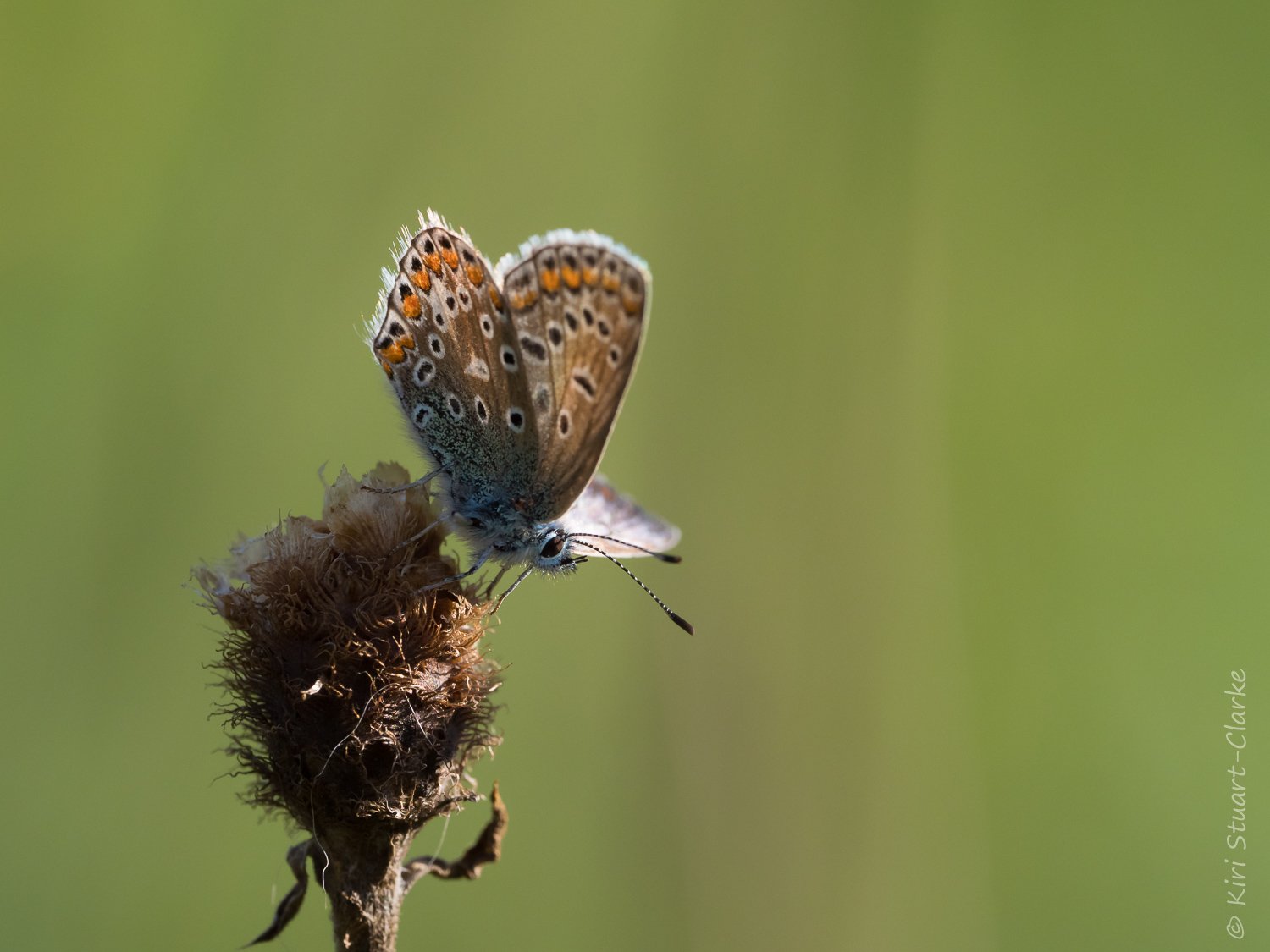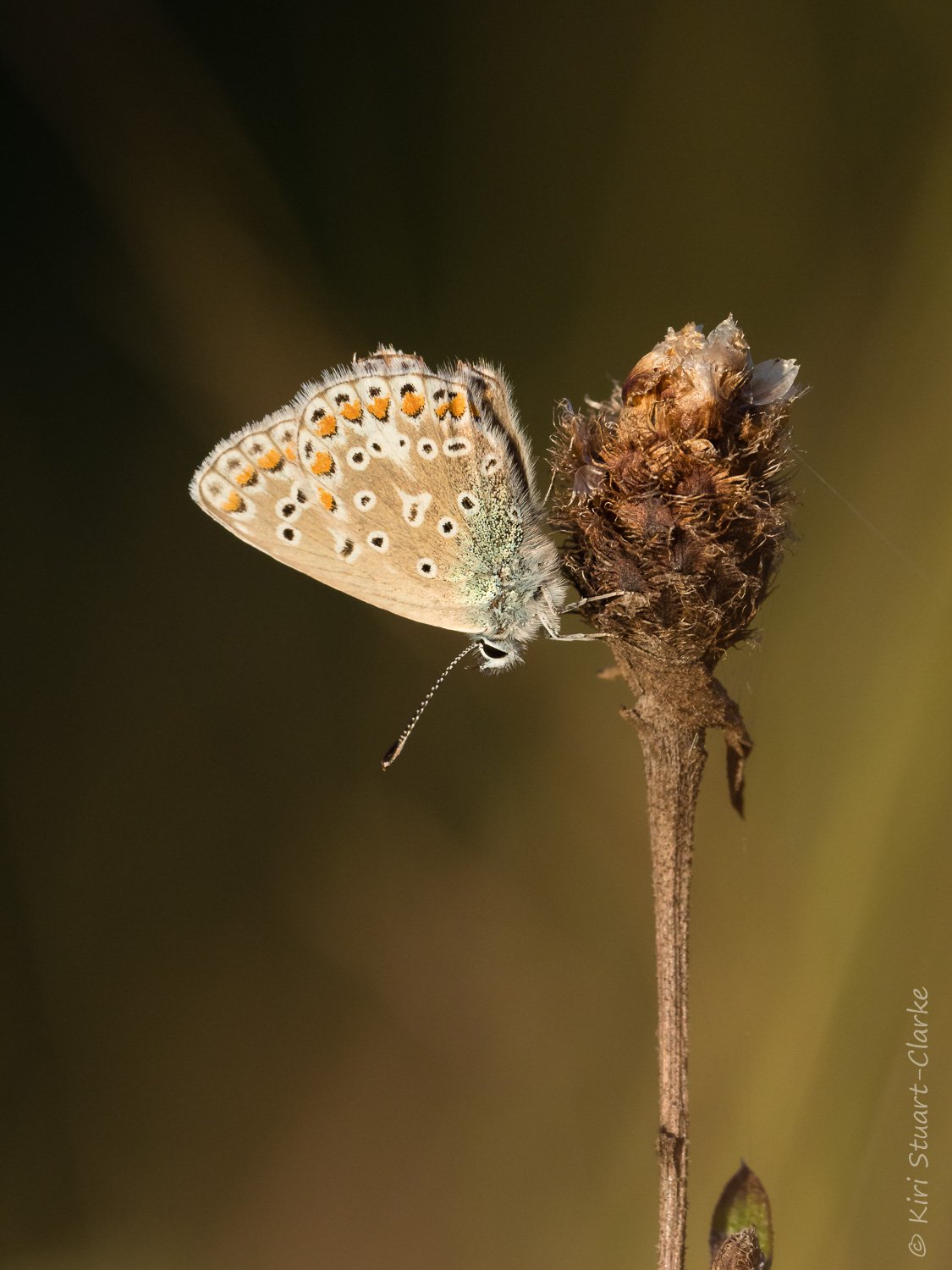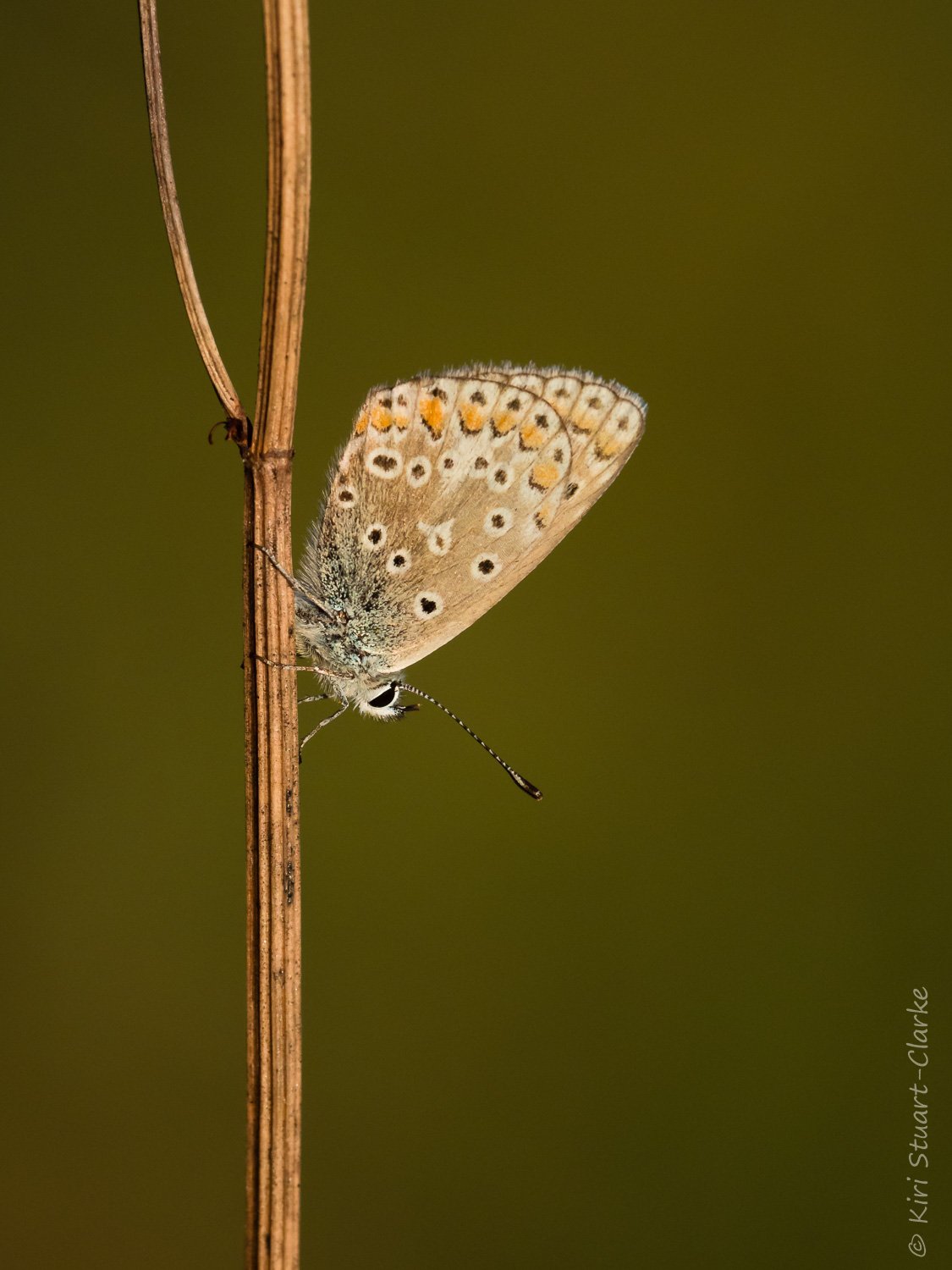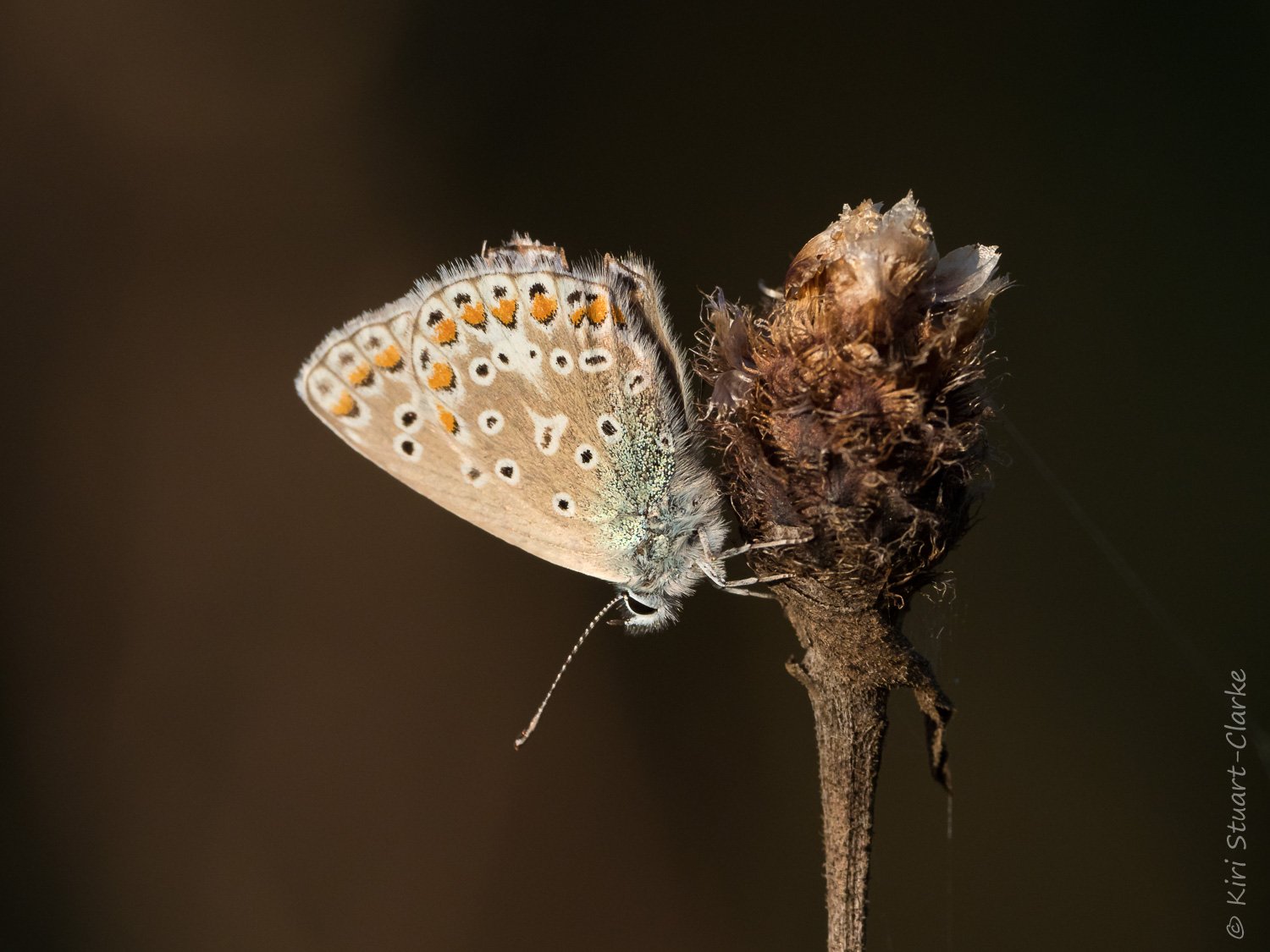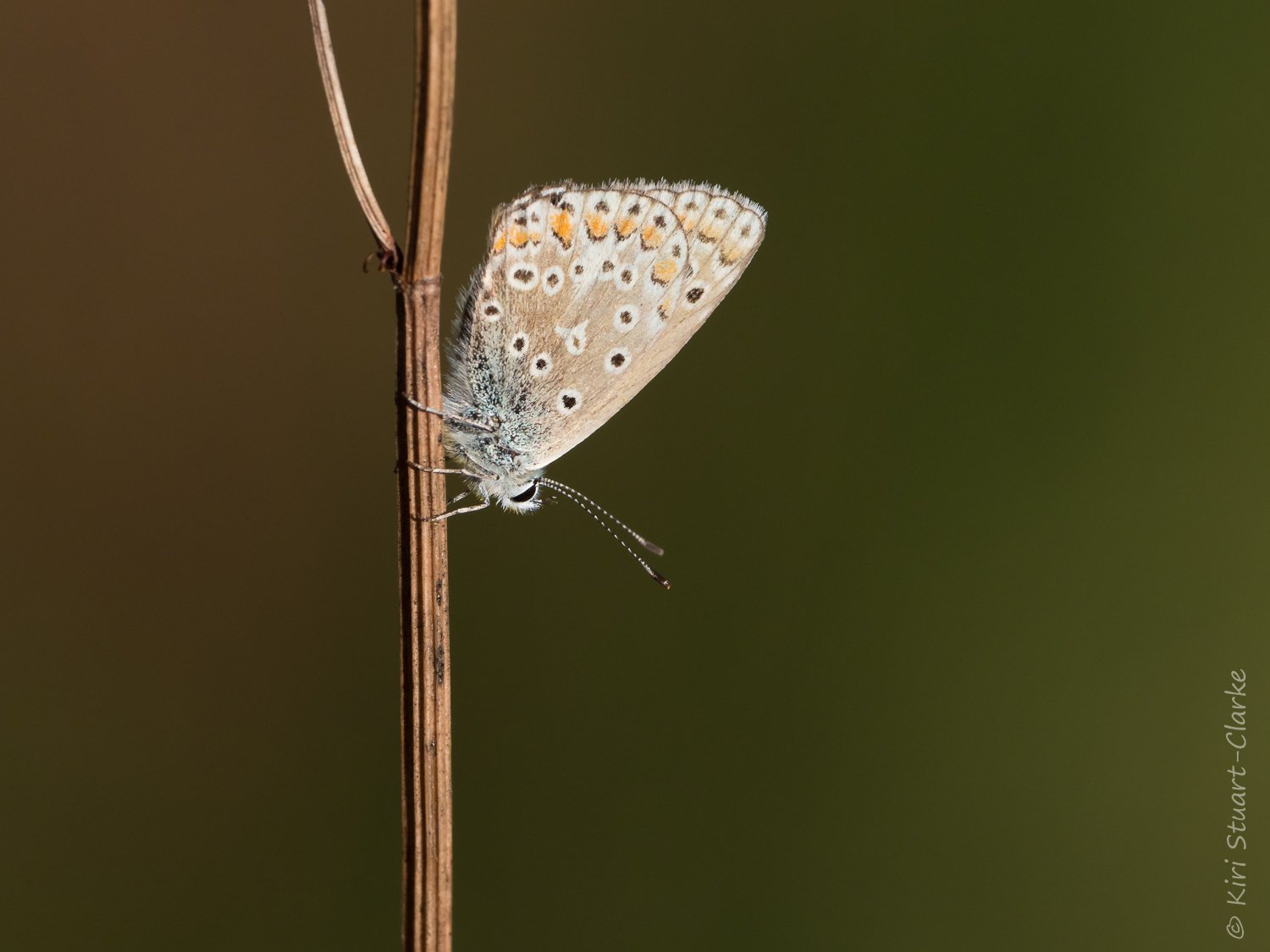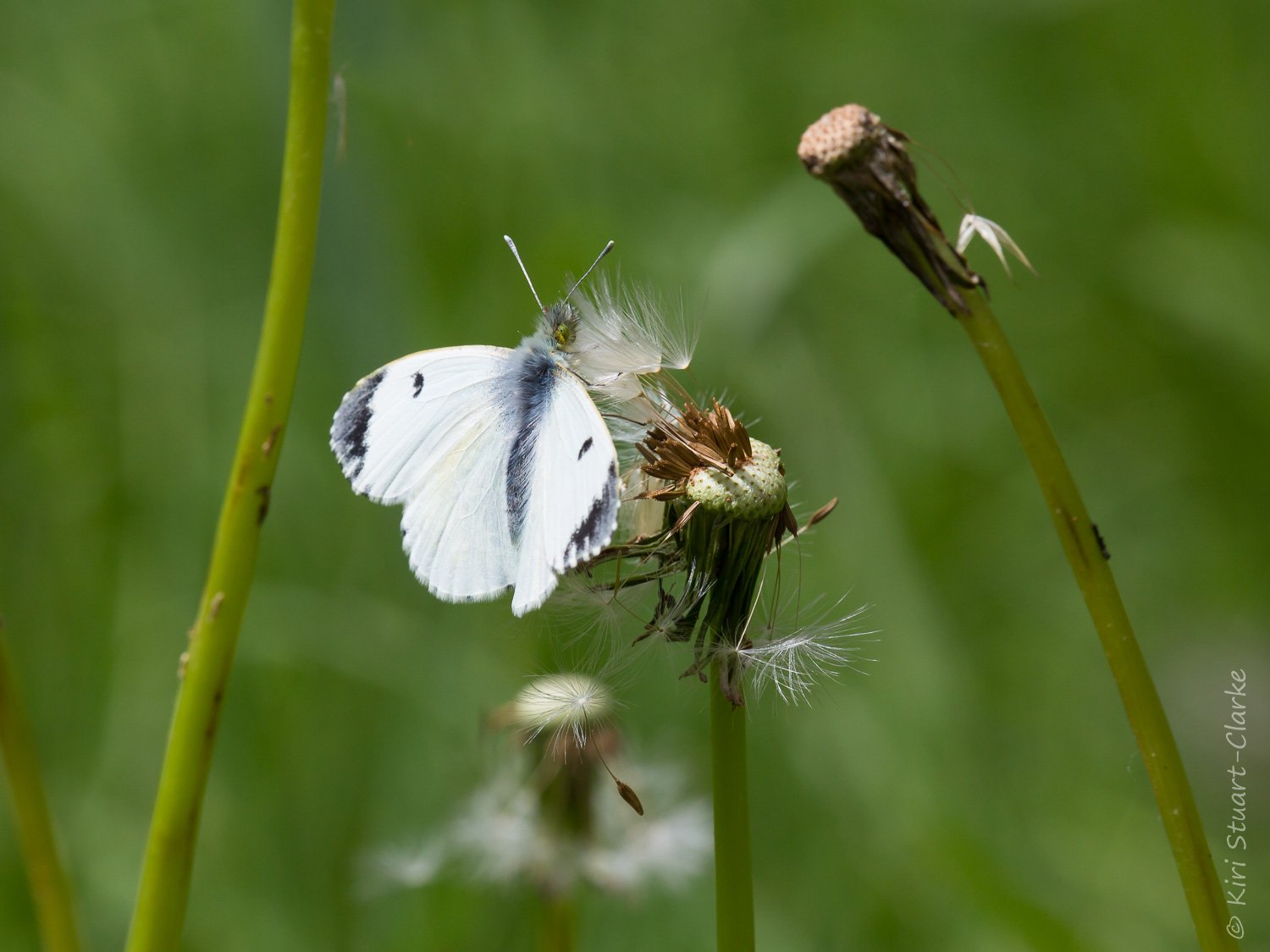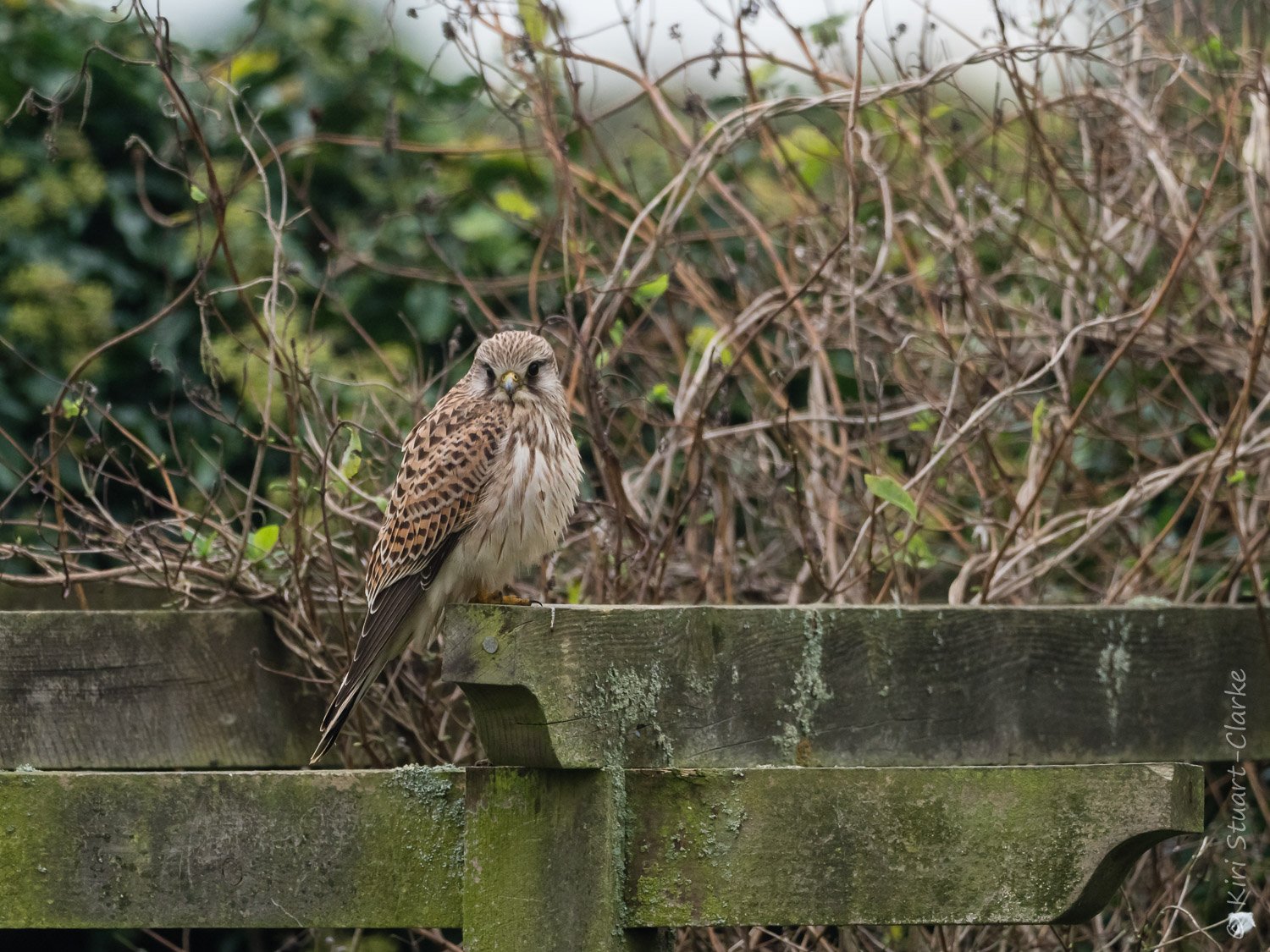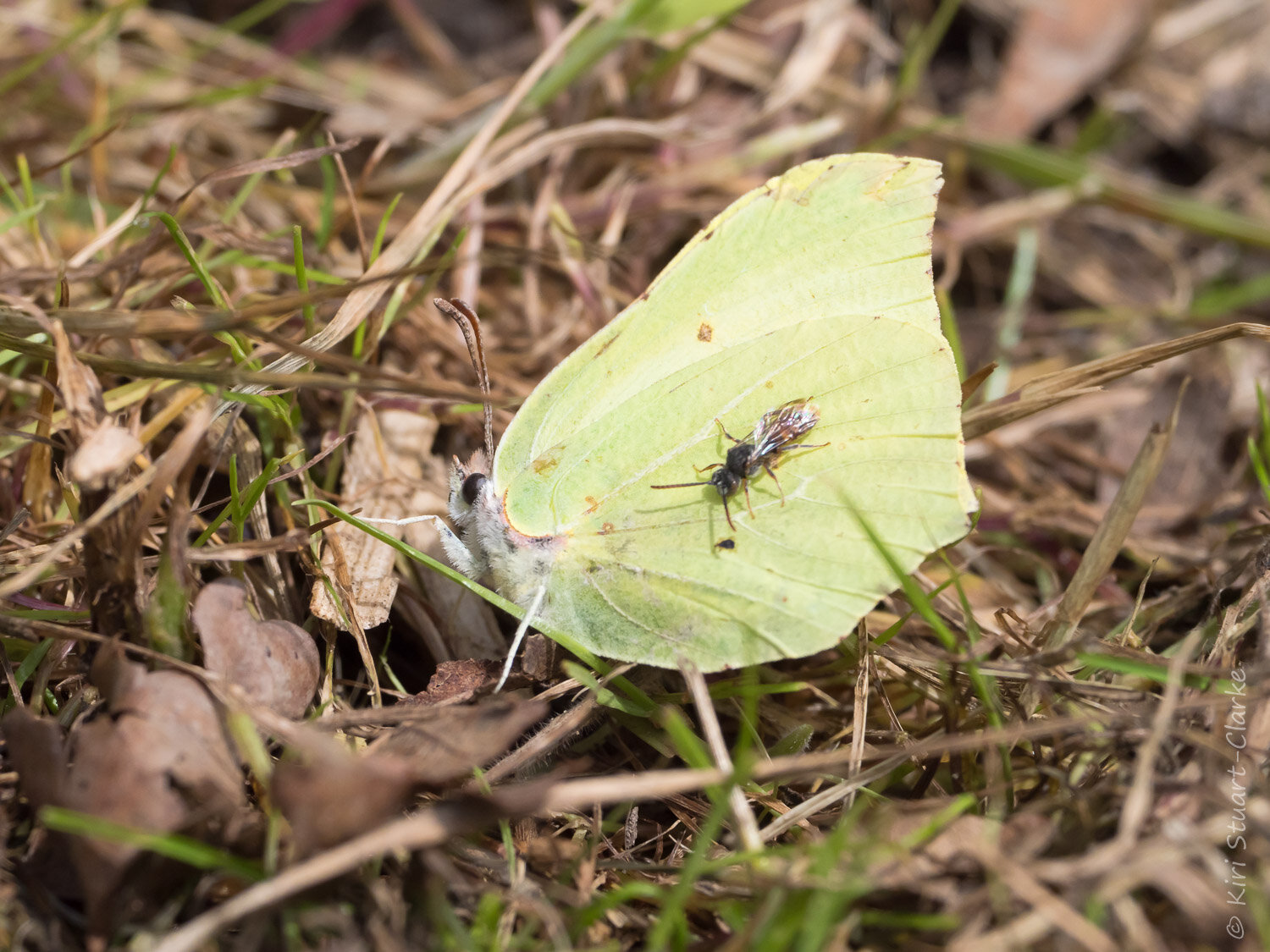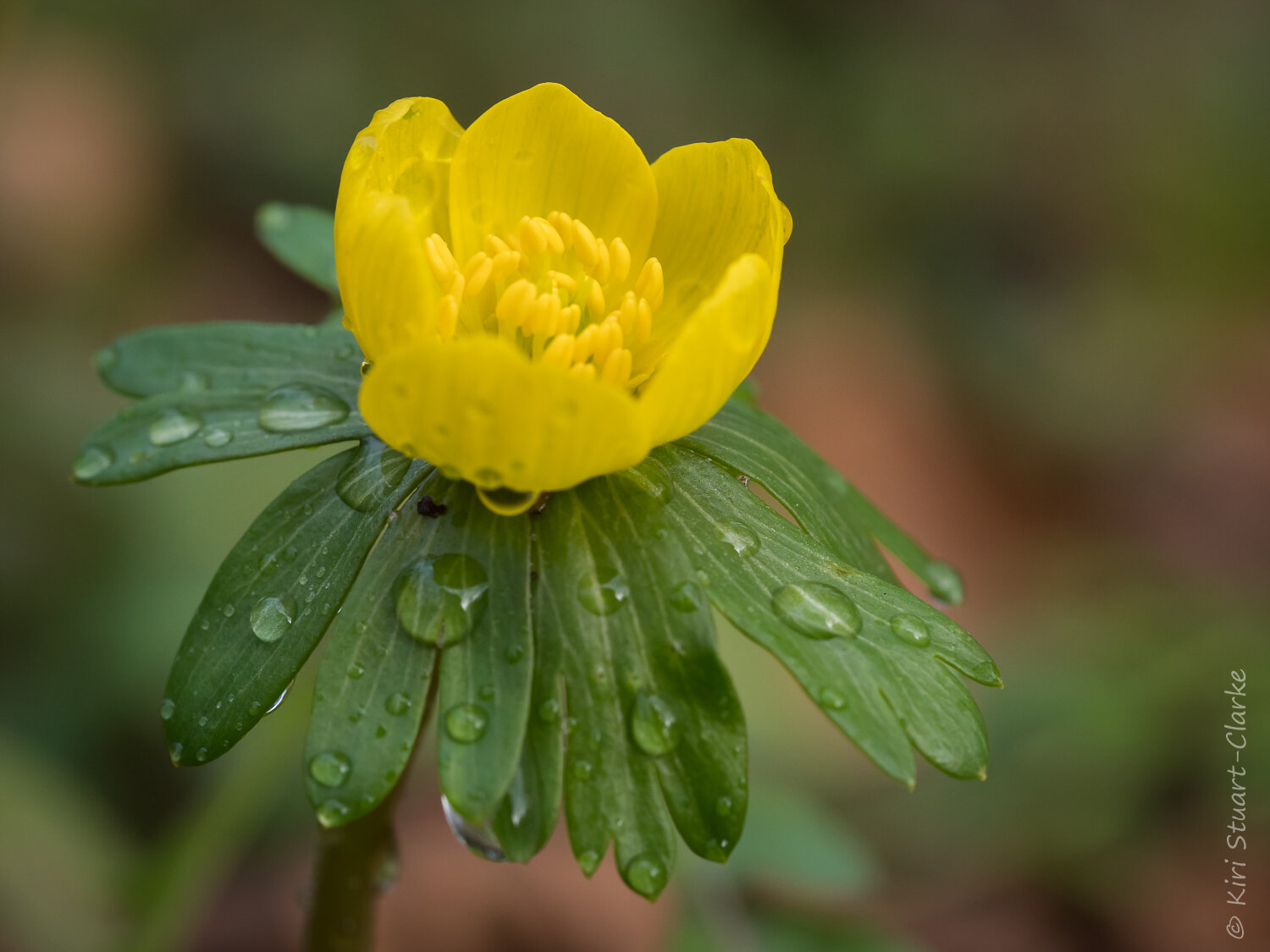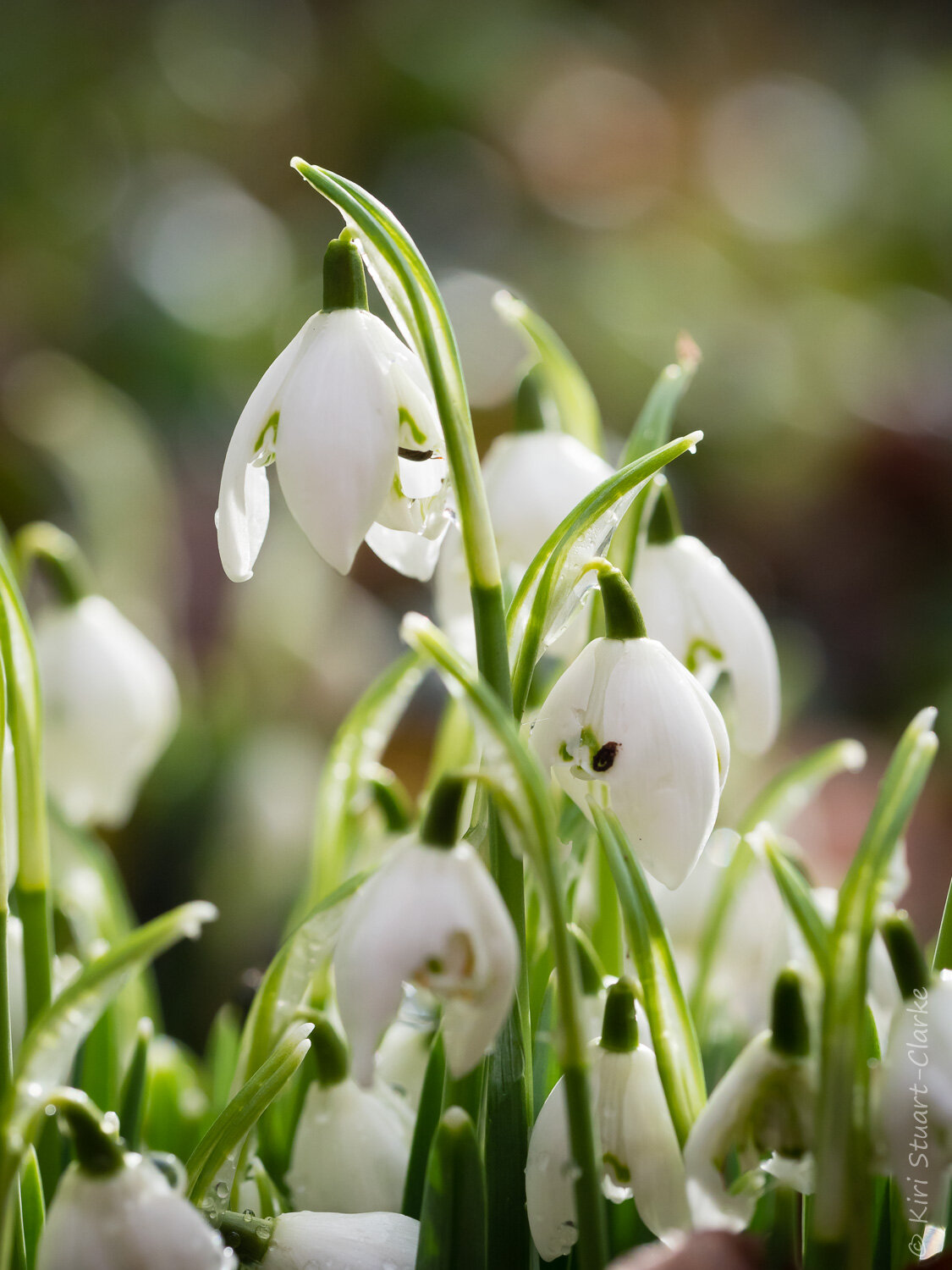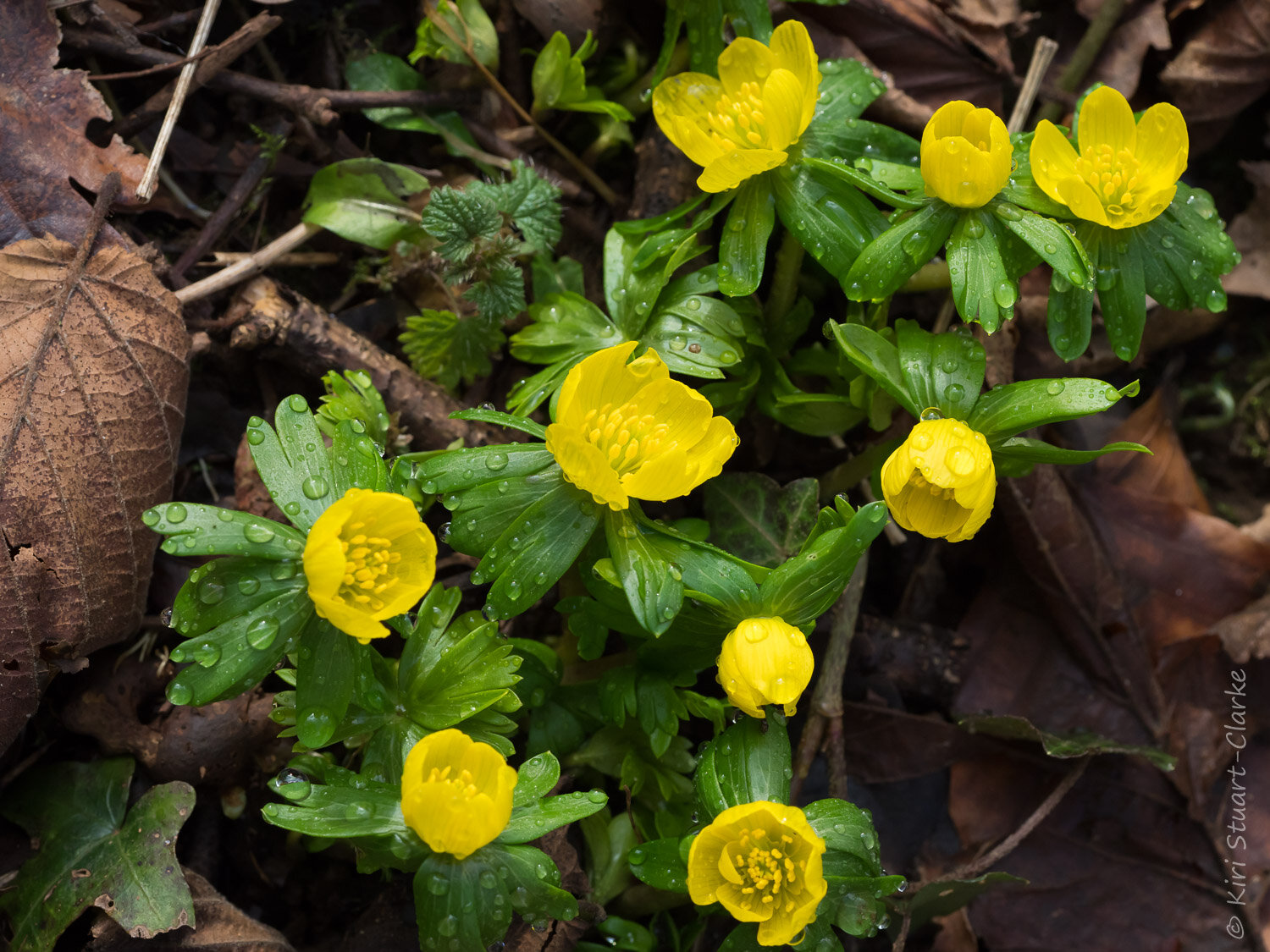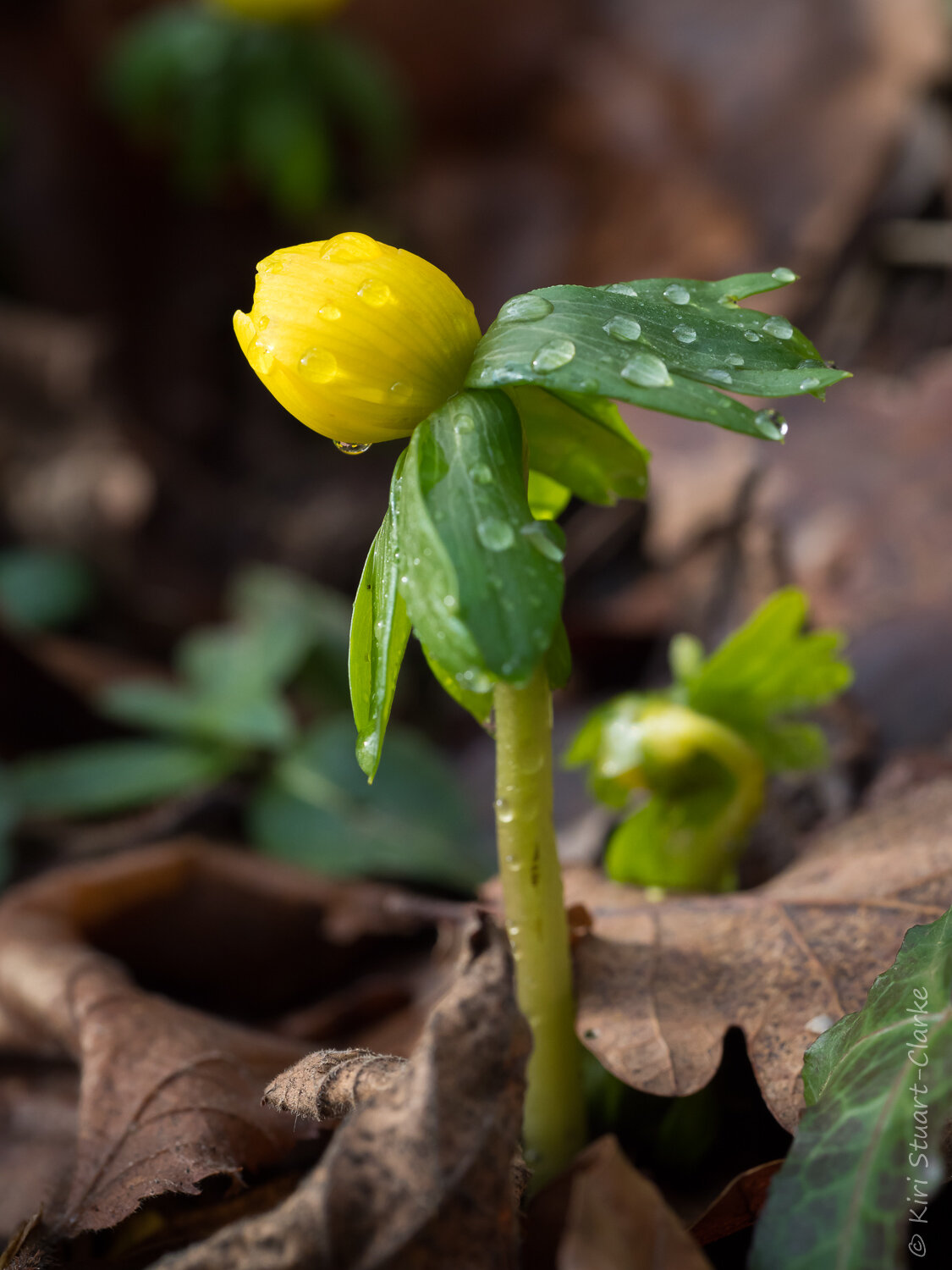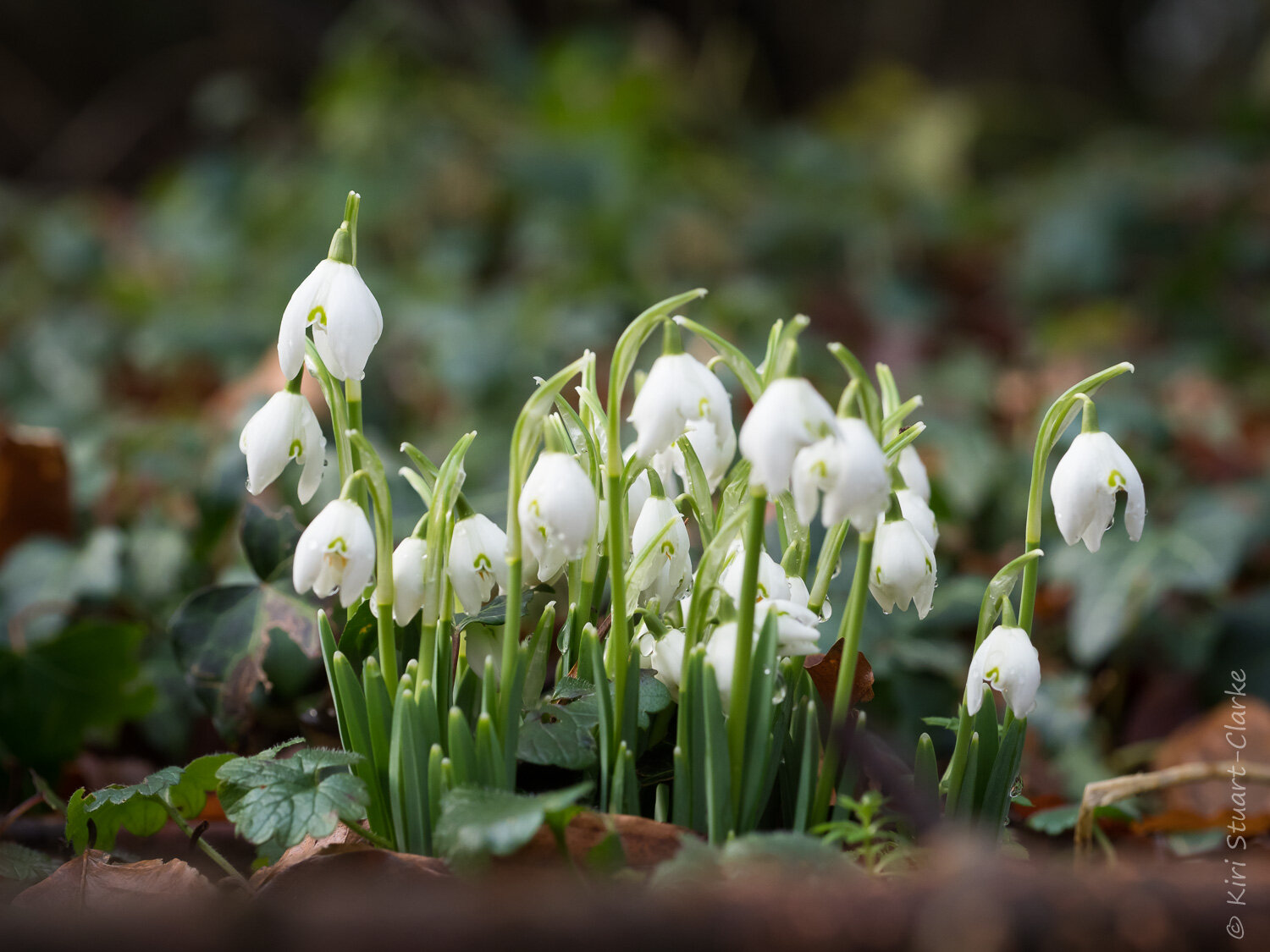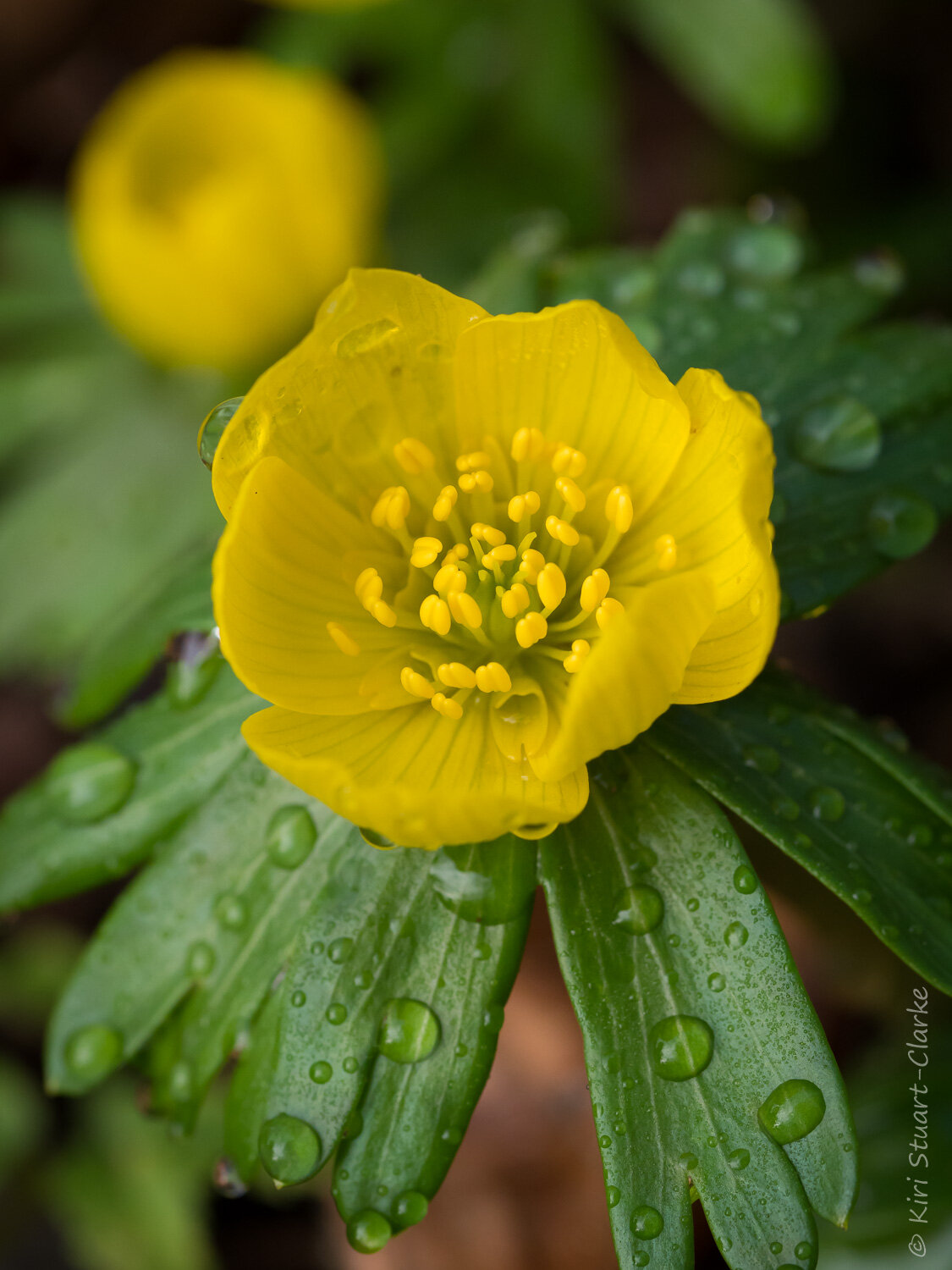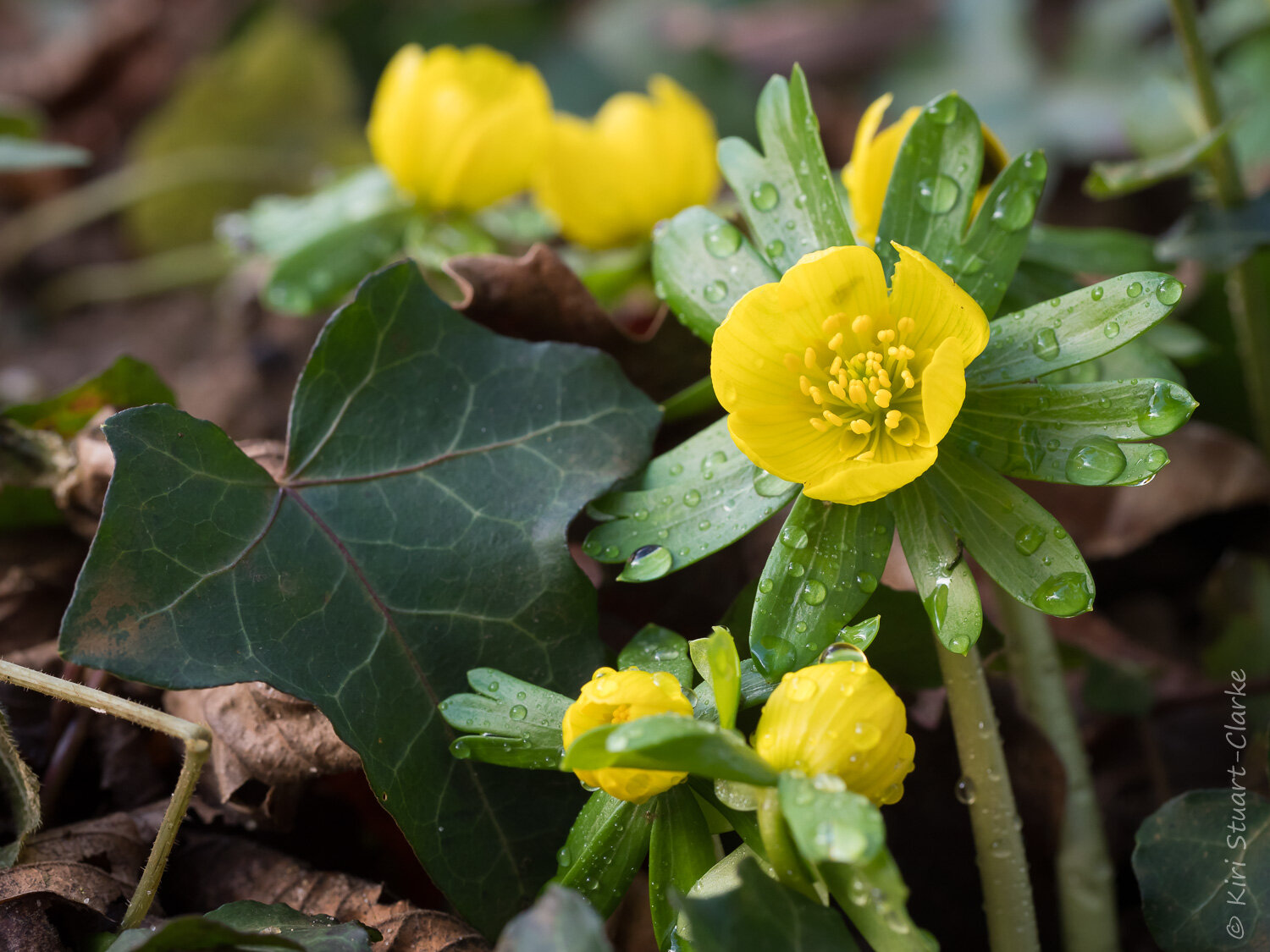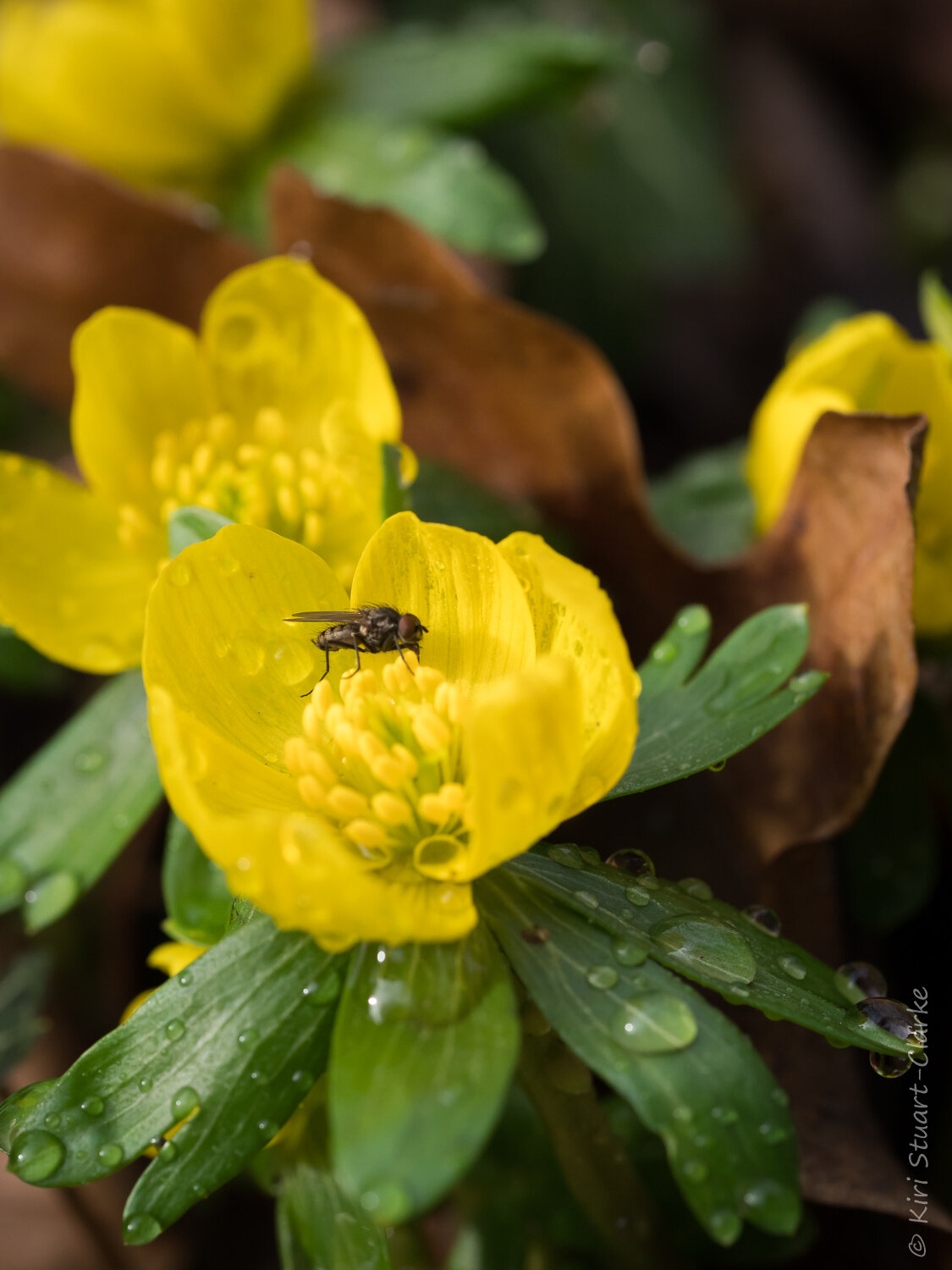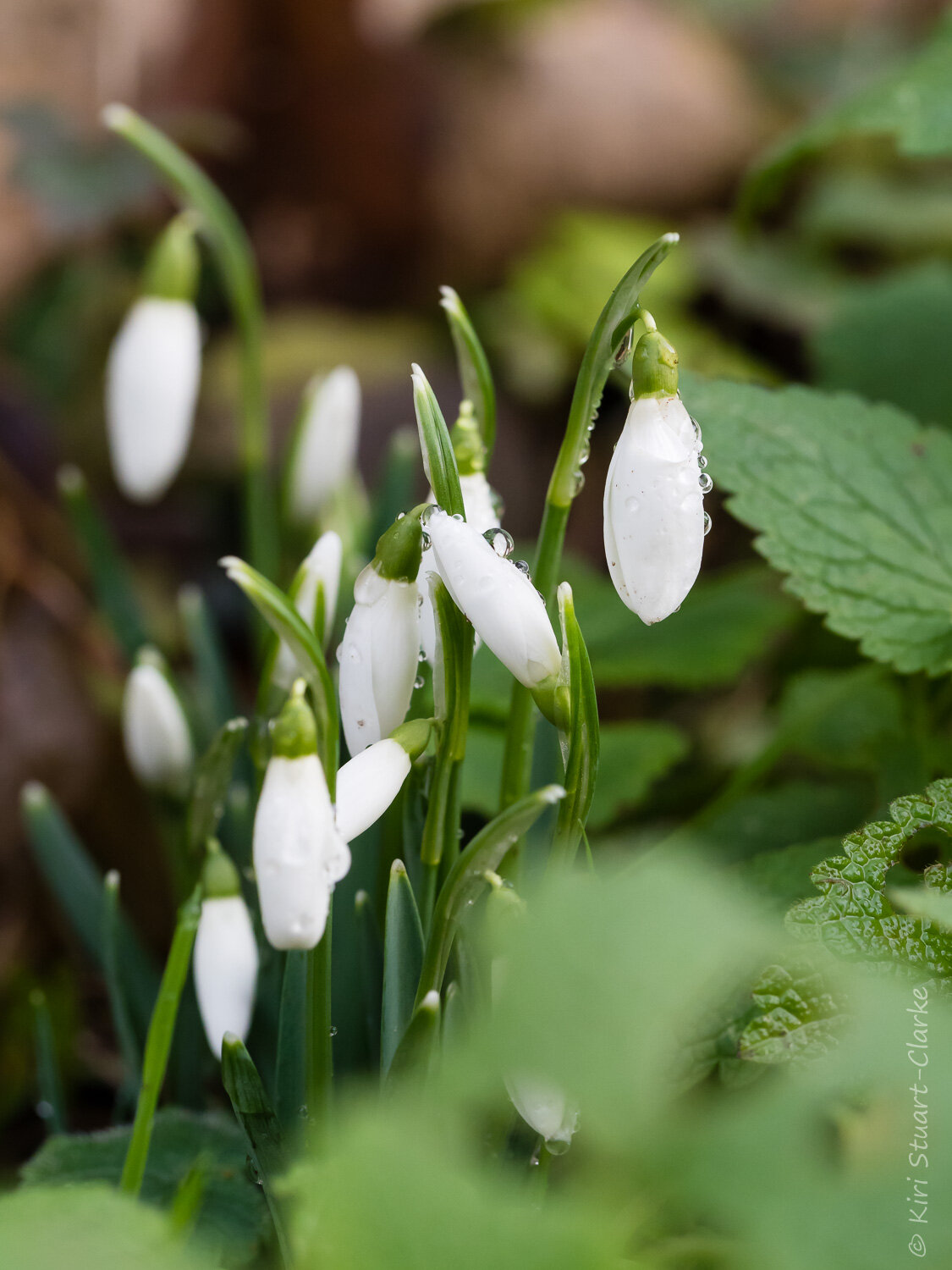An Eurasian Jay holding an Acorn in its beak about to bury it in the grass (photo taken through a glass window).
Earlier this month I had a wonderful encounter with an Eurasian Jay that was busy burying an acorn, which got me curious about the relationship between the two.
We've had Oak seedlings pop up in our garden before, which, in the notable absence of Grey Squirrels, almost certainly had to have been planted by Jays, but I had no idea of the importance or complexity of the relationship between the two species.
The Eurasian Jay has a fantastic Latin name of Garrulus glandarius, meaning "chatty" and "acorn" respectively, which is an indication just how close a relationship the bird has with Oaks and their acorns.
Jays collect and store large quantities of acorns of Quercus Oaks in a mutualistic relationship that disperses the keystone Oak species in open scrubland where the shade intolerant tree can establish itself well, even choosing the largest most viable acorns. An estimated 2,200- 5,700 acorns are "scatter hoarded" in this way during autumn.
The Jay, a highly intelligent member of the Corvid bird family, then utilises vertical structures nearby to remember the location of approximately 75% of its cache, leaving around 25% of the acorns to germinate. Jays are only able to find acorns they've cached themselves or observed another bird caching.
Jays are believed to prefer the most nutritious acorns, selecting large acorns of Quercus ilex, Quercus suber, and Quercus faginea, whilst avoiding acorns from Quercus coccifera. Quercus ilex acorns having the highest fat content while Quercus coccifera acorns contain the most tannin of the four species.
In my case the acorn was cached 77 yards / 70.4 metres away from the parent tree, which corresponded well with research I found on their scatter hoarding behaviour. In one two year study dispersal distance ranged from 3m to 456m from the parent tree, with most acorns cached less than 100m from the source Oak.
Jays seasonal foraging behaviour further helps the Oak in that they hunt acorns least during the acorn's sensitive early spring germination phase. Jays then resume acorn hunting more intensively during May to July once it has offspring to feed. When a Jay comes across an Oak seedling growing in a spot where they recall caching an acorn, they will uproot the young plant, eat the acorn, and then crudely replant it, which the seedling usually survives.
Thanks to the Jay's important role in the spread and renewal of keystone Quercus Oak tree species in the landscape they have become known as "ecosystem engineers". One Swedish study even attempted to calculate the replacement cost of the oak planting "ecological service" that Jays provide for a particular municipal parkland area.
Resources and References
This insightful Aboriculture Blog summarising a chapter from Vera, F. (2000) Grazing Ecology and Forest History
Animal Diversity - Eurasian Jay Species Account
Observations on the collection and burial of acorns by jays in Hainault Forest, MR Chettleburgh, British birds 45, 359-364, 1952
Spatial patterns of dispersal, seed predation and germination during colonization of abandoned grassland by Quercus petraea and Corylus avellana, Johannes Kollmann, Hans-Peter Schill, Vegetatio 125, 193-205, 1996
Acorn dispersal estimated by radio-tracking, Pons, Josep & Pausas, Oecologia153(4):903-11, 2007


